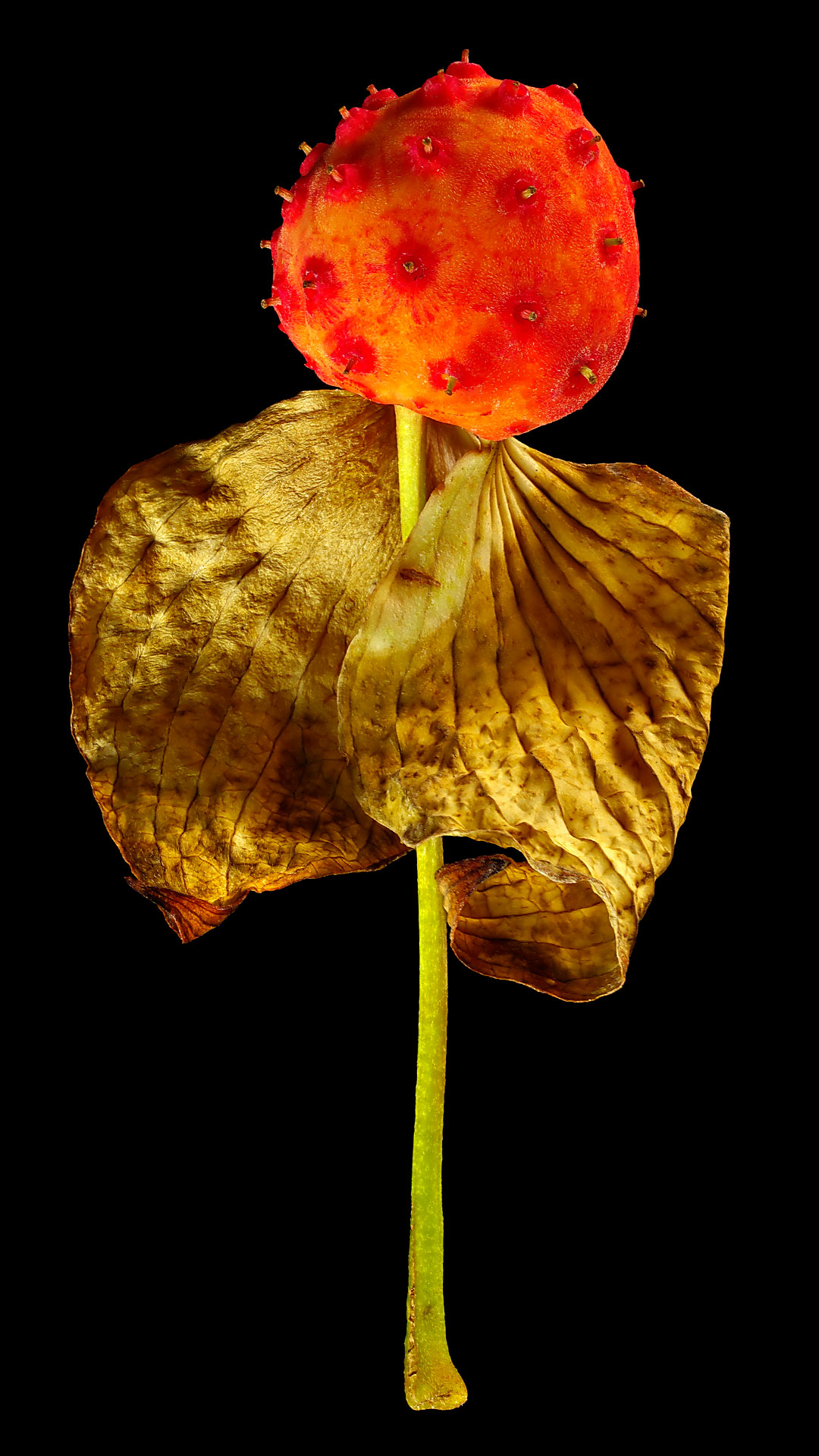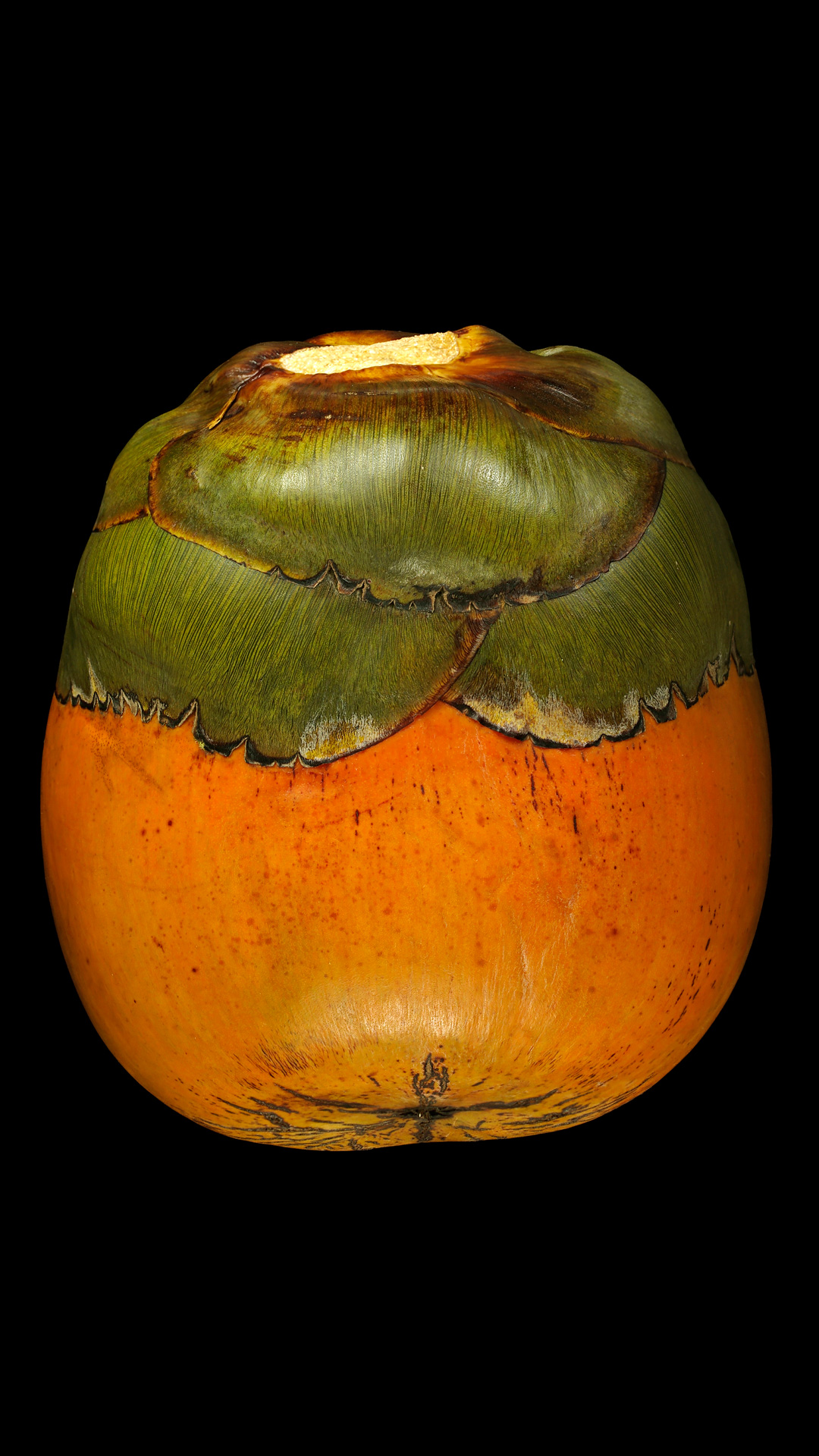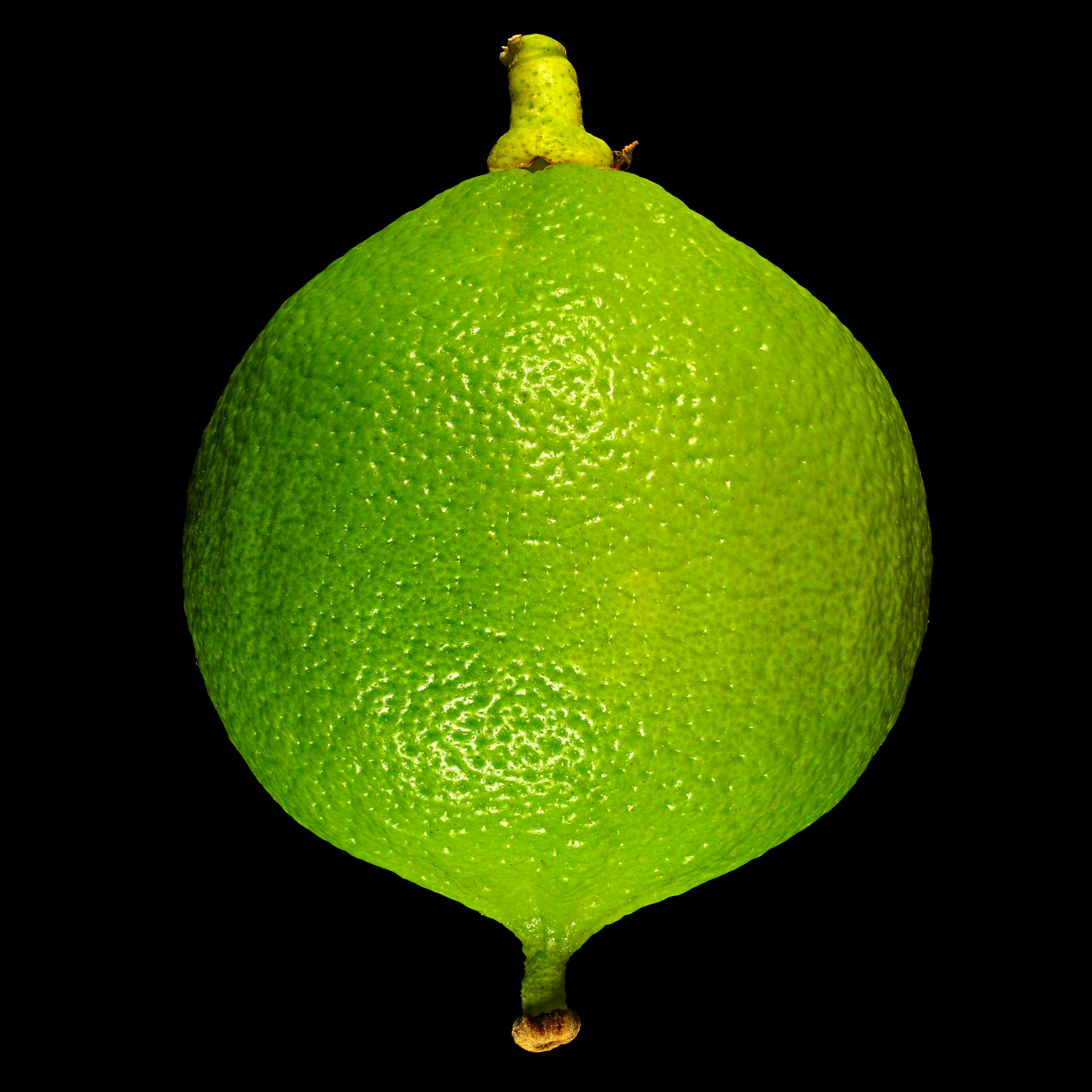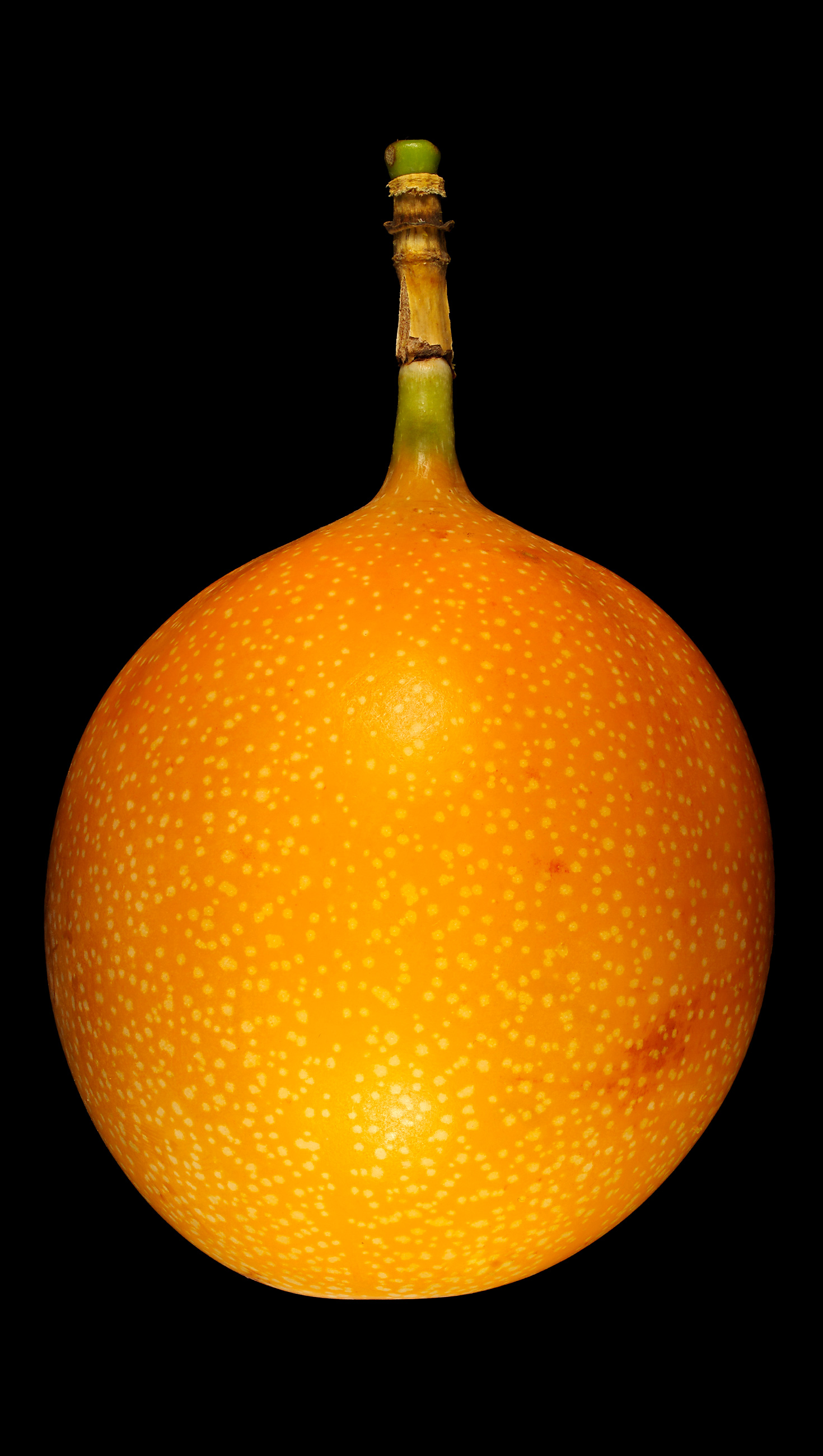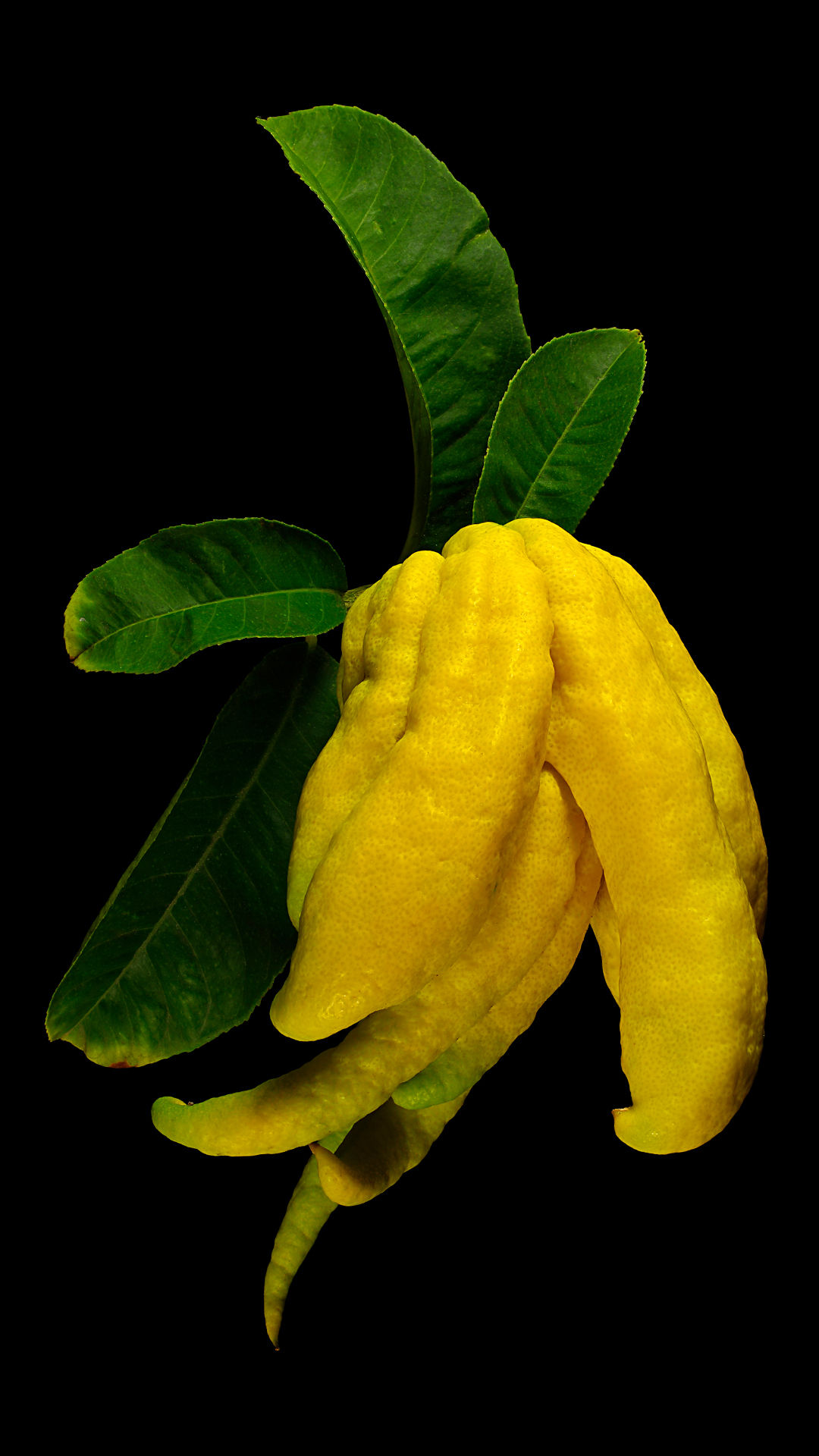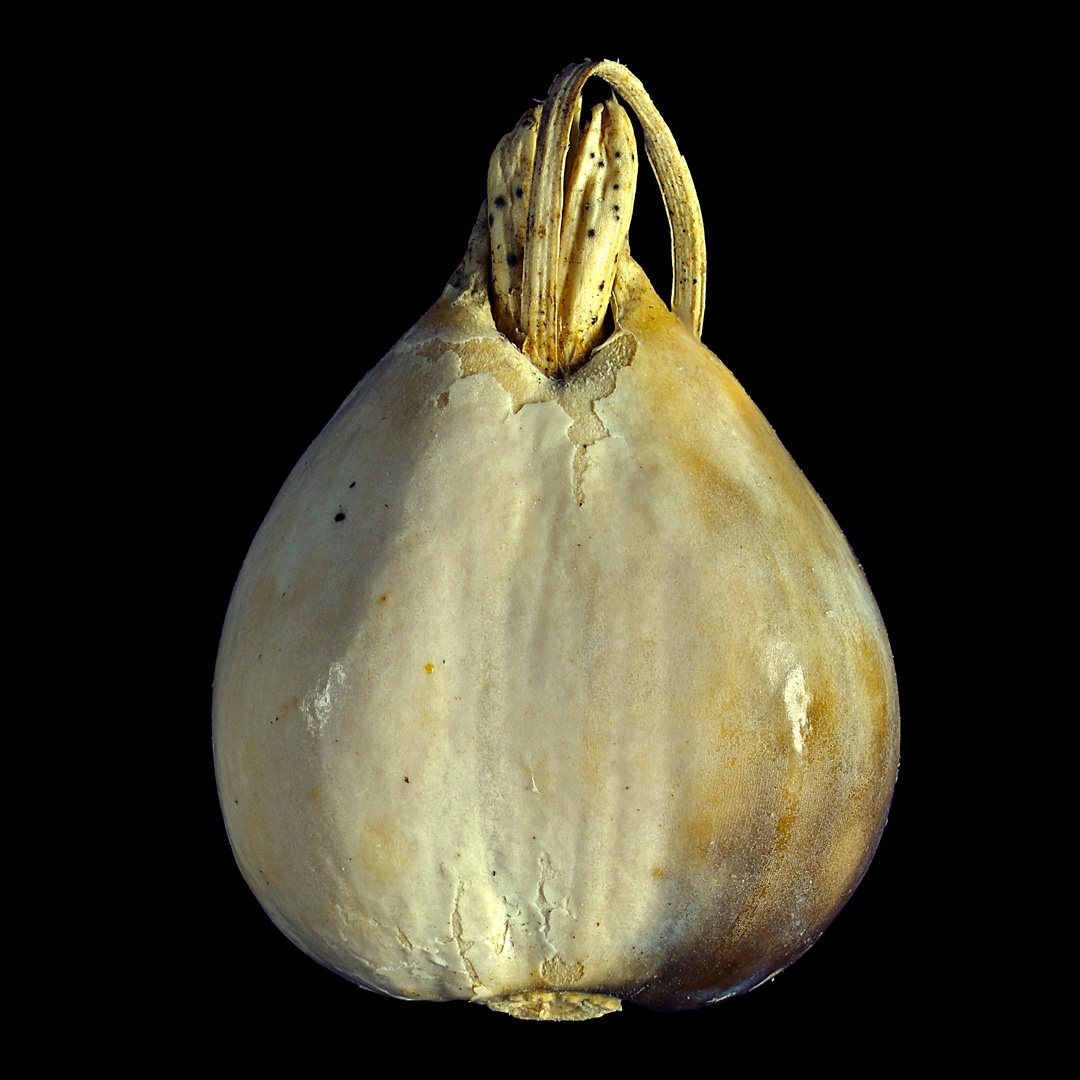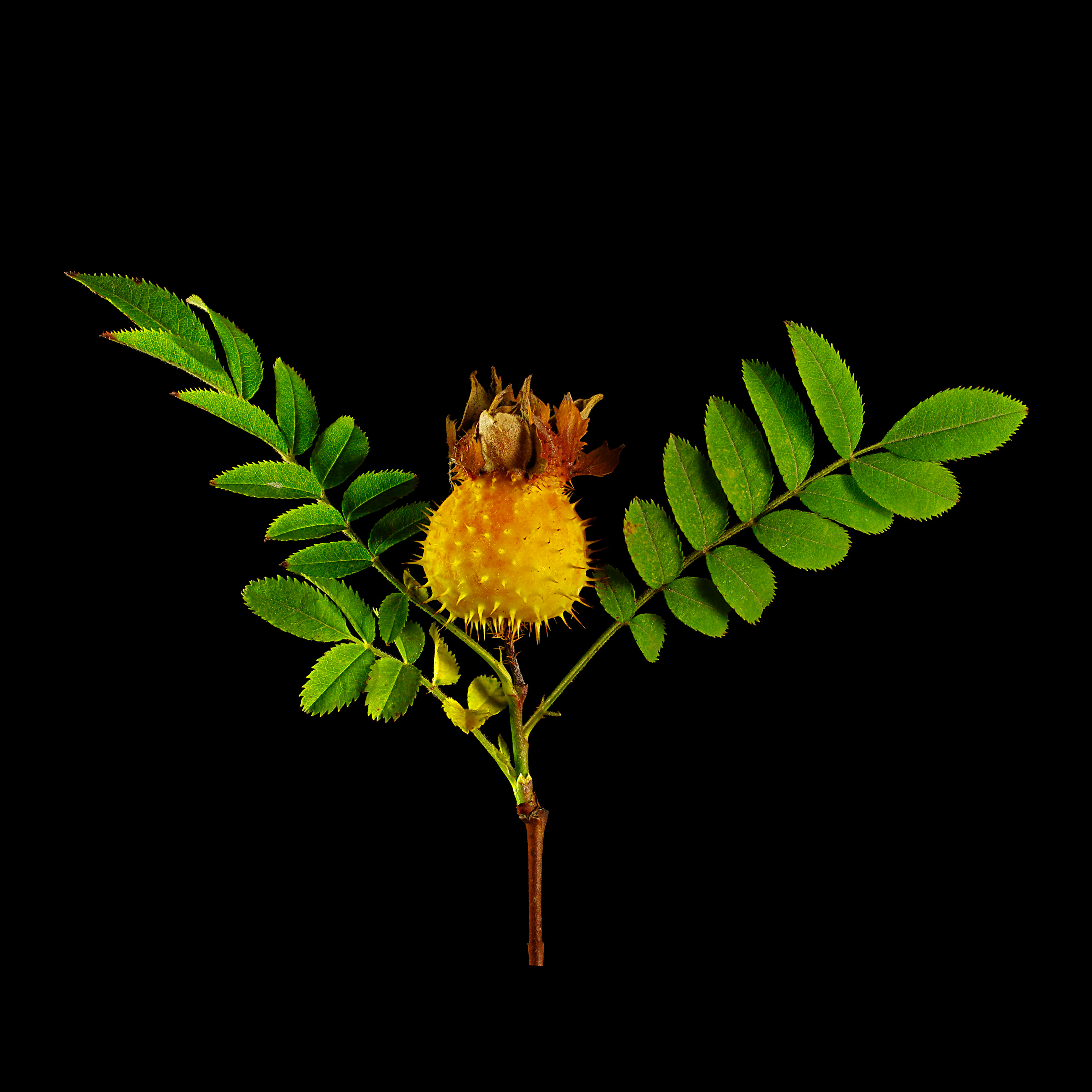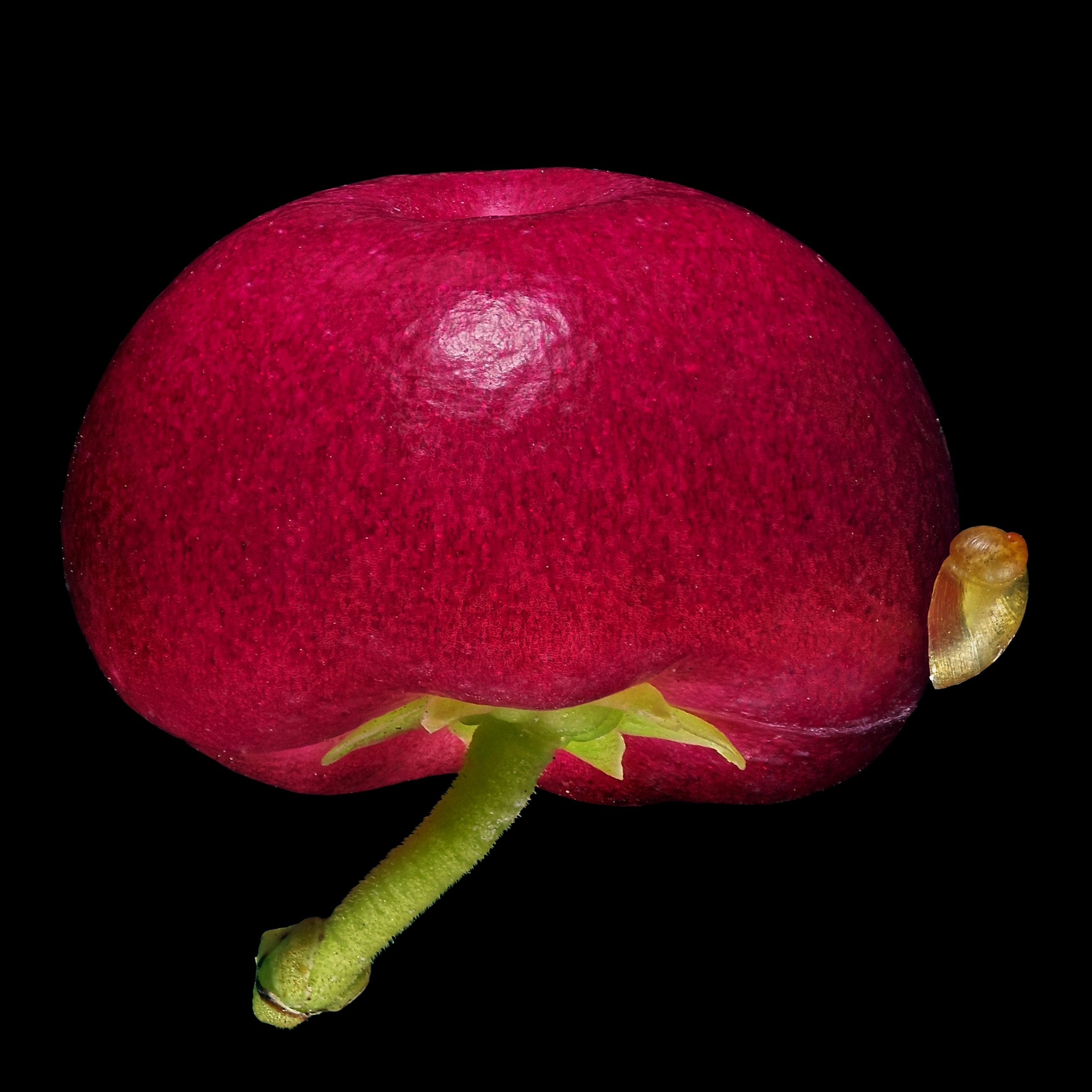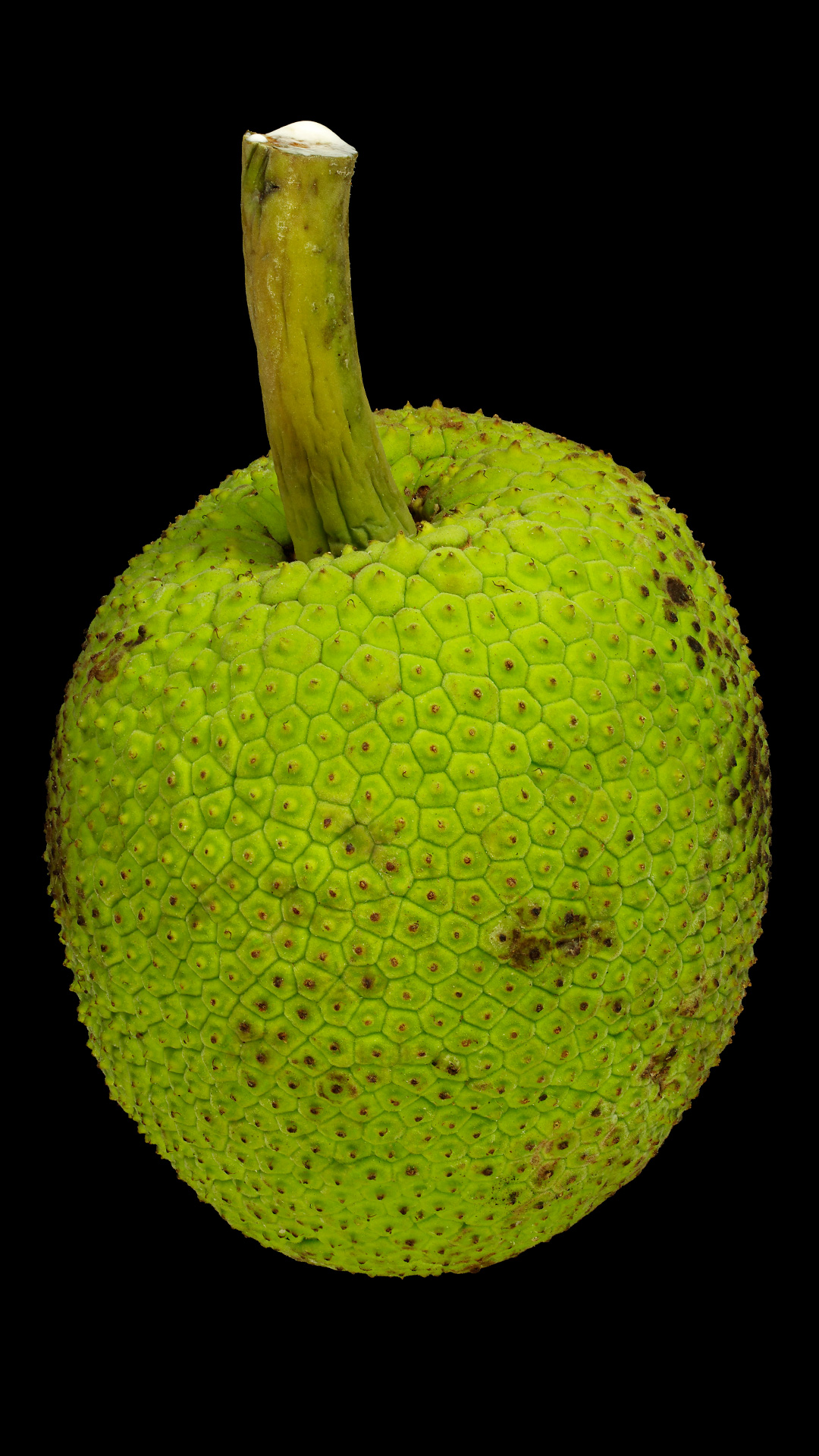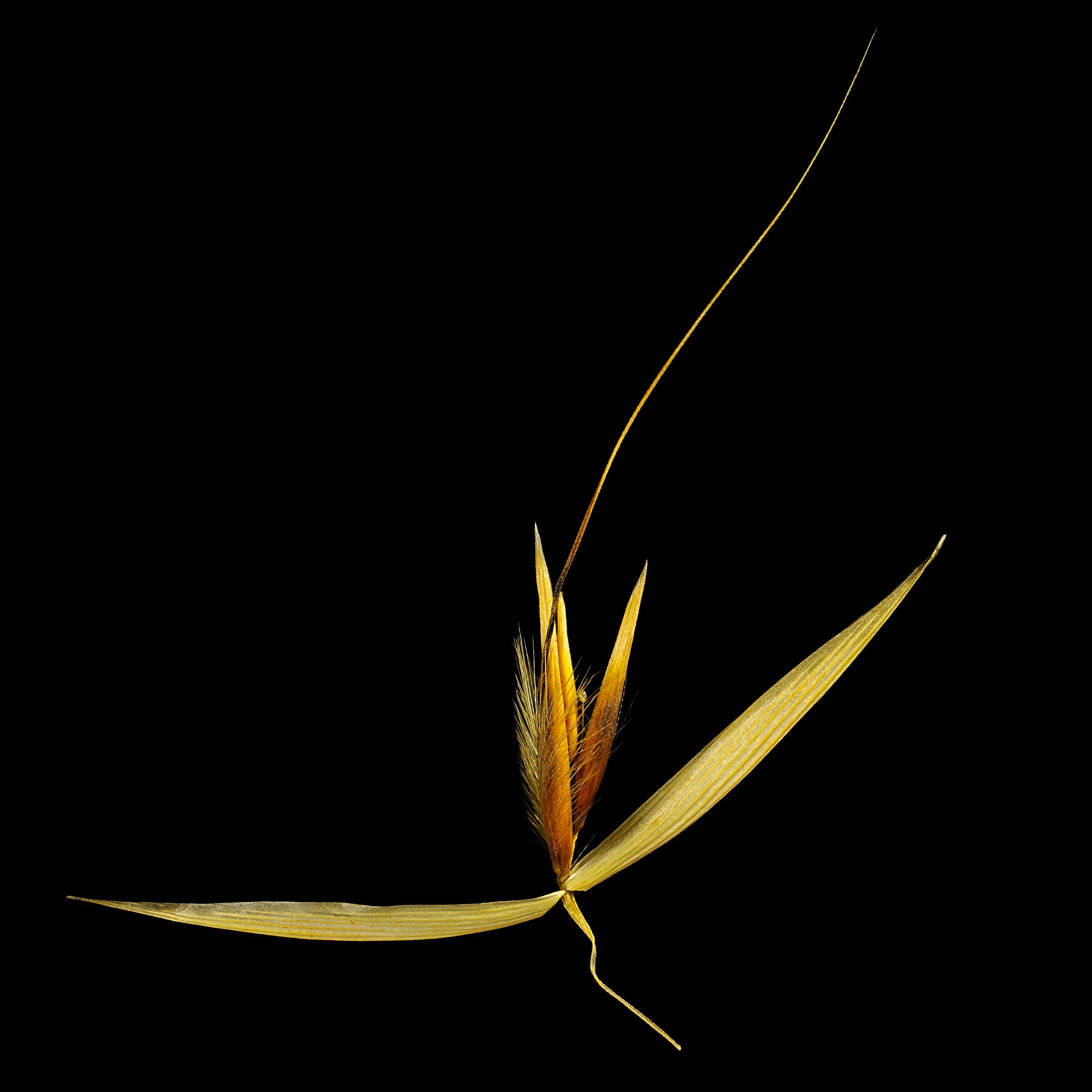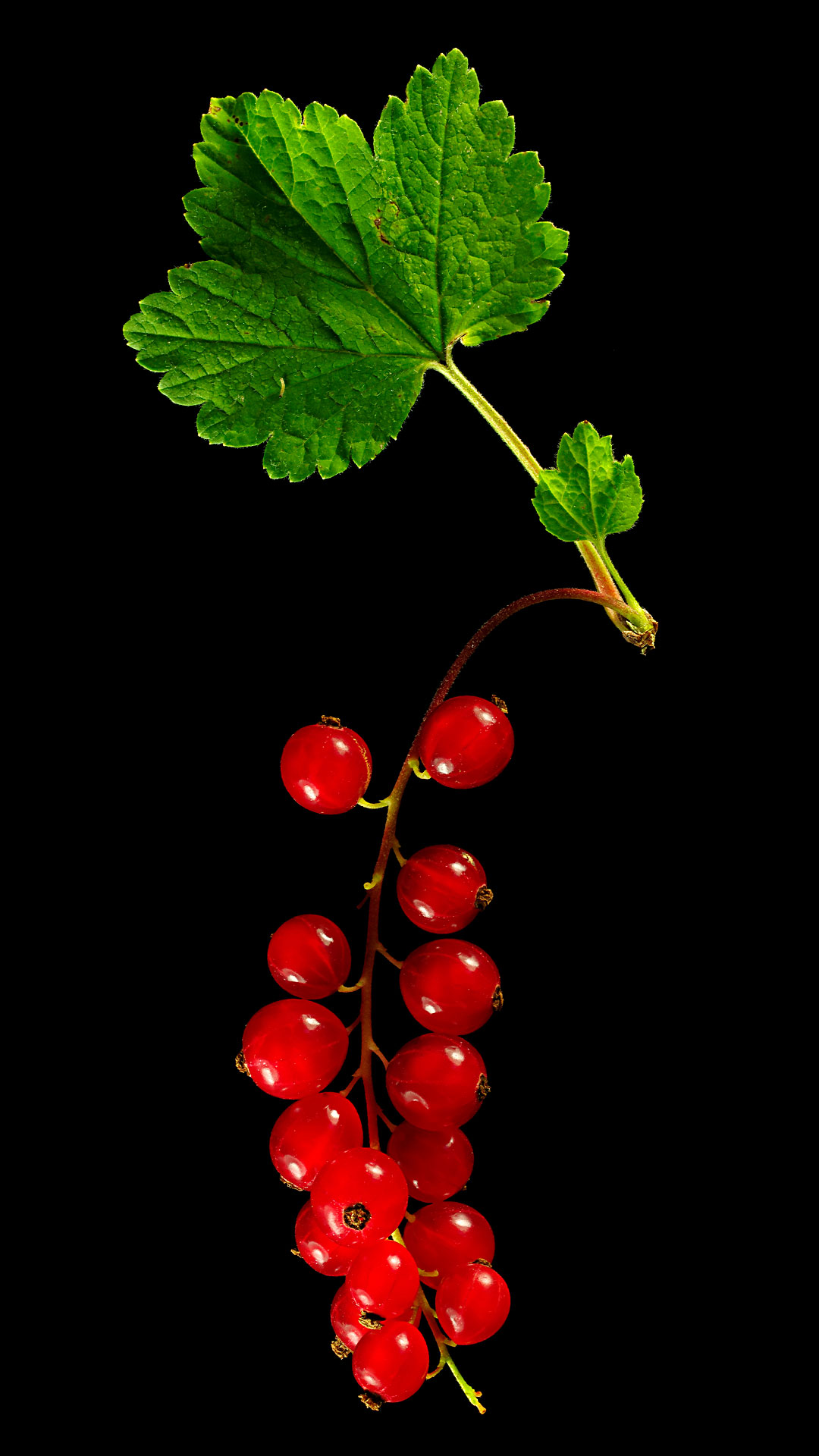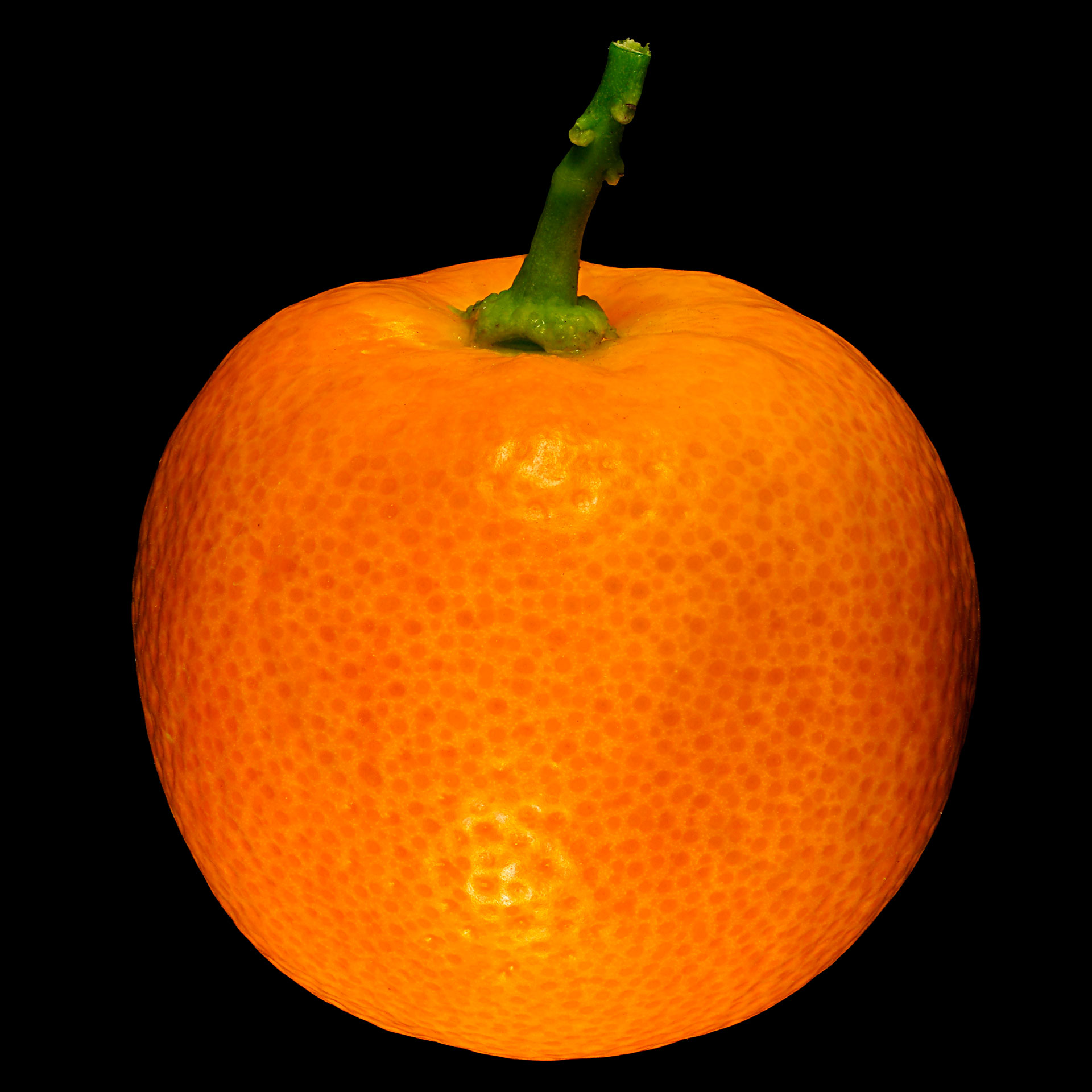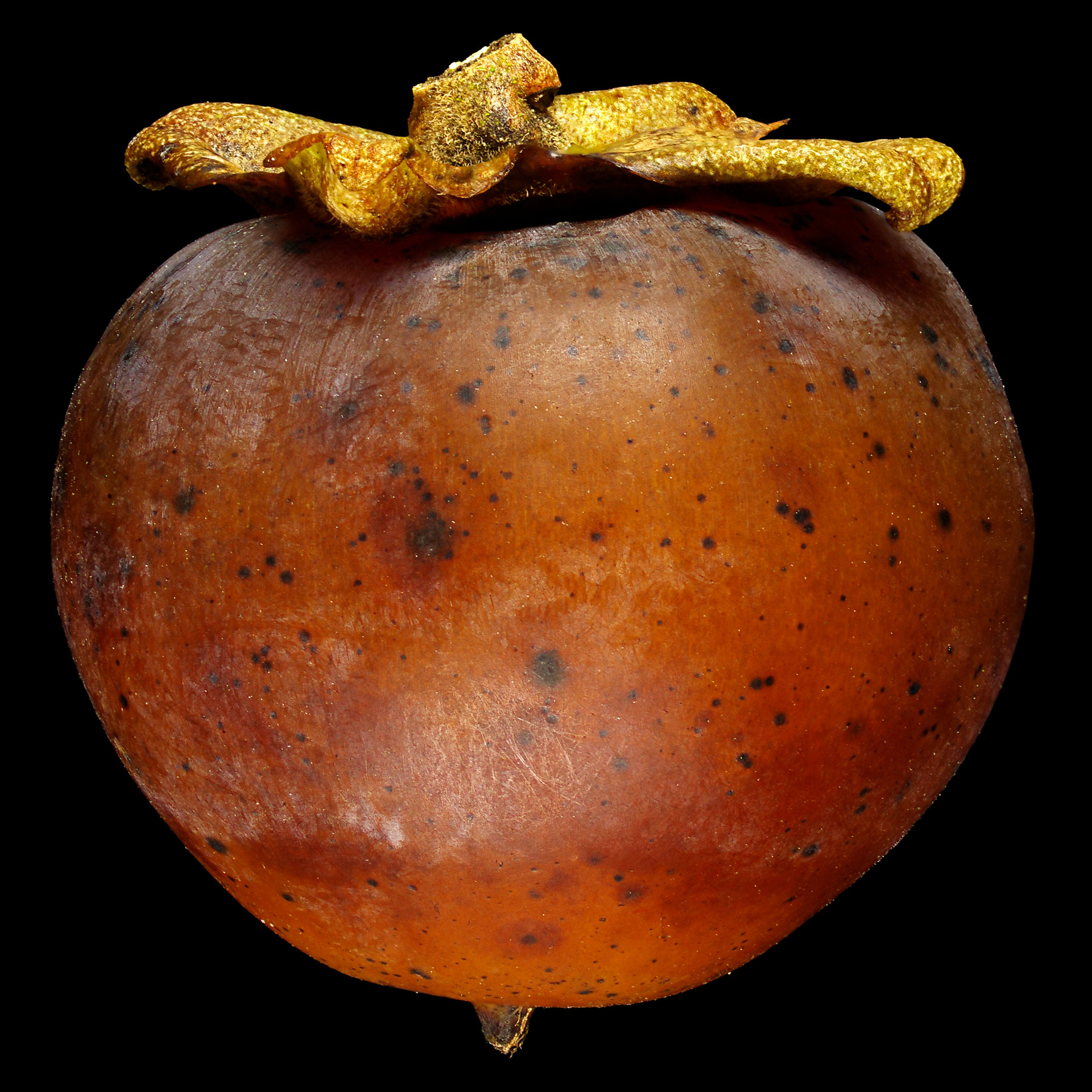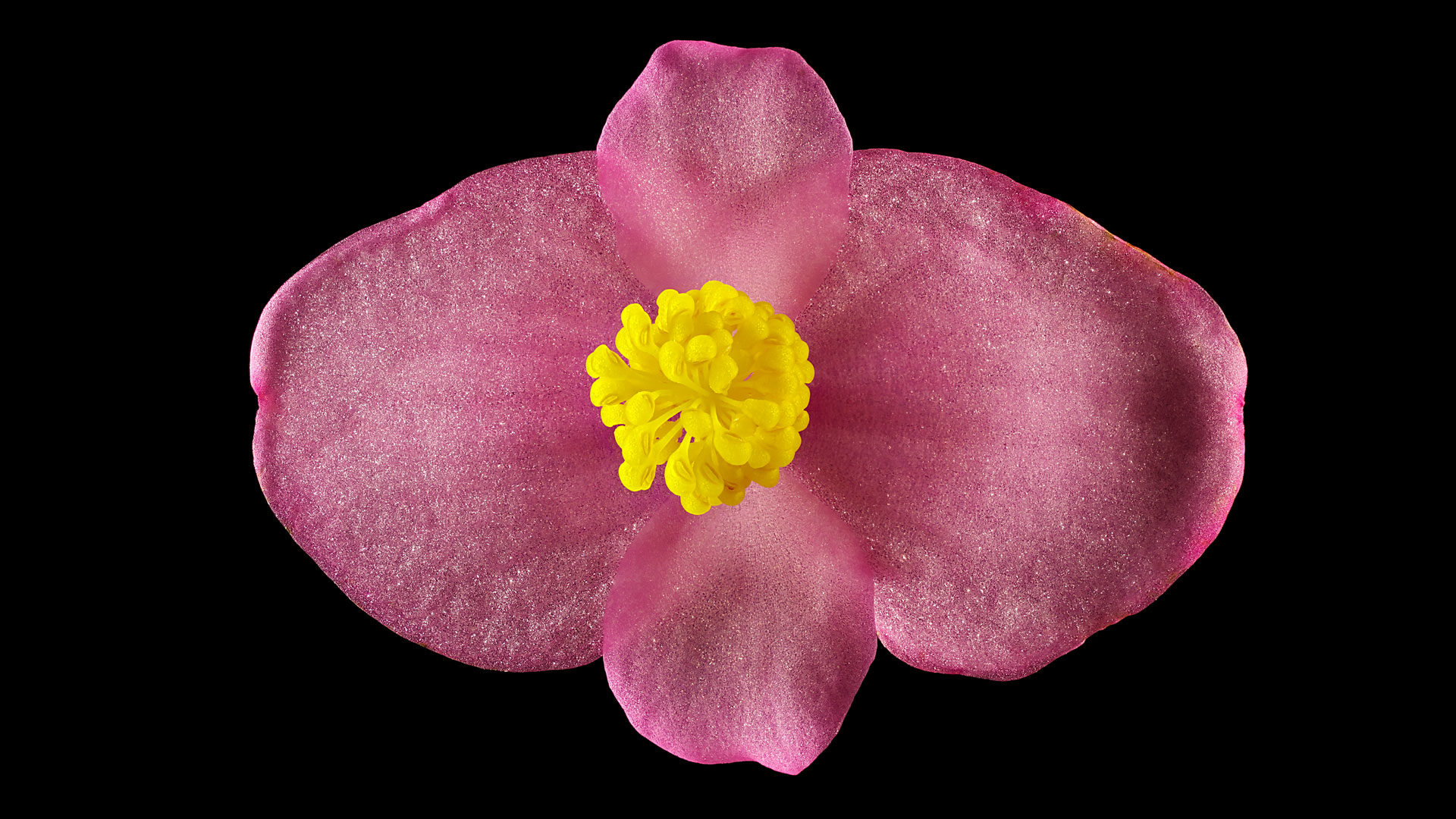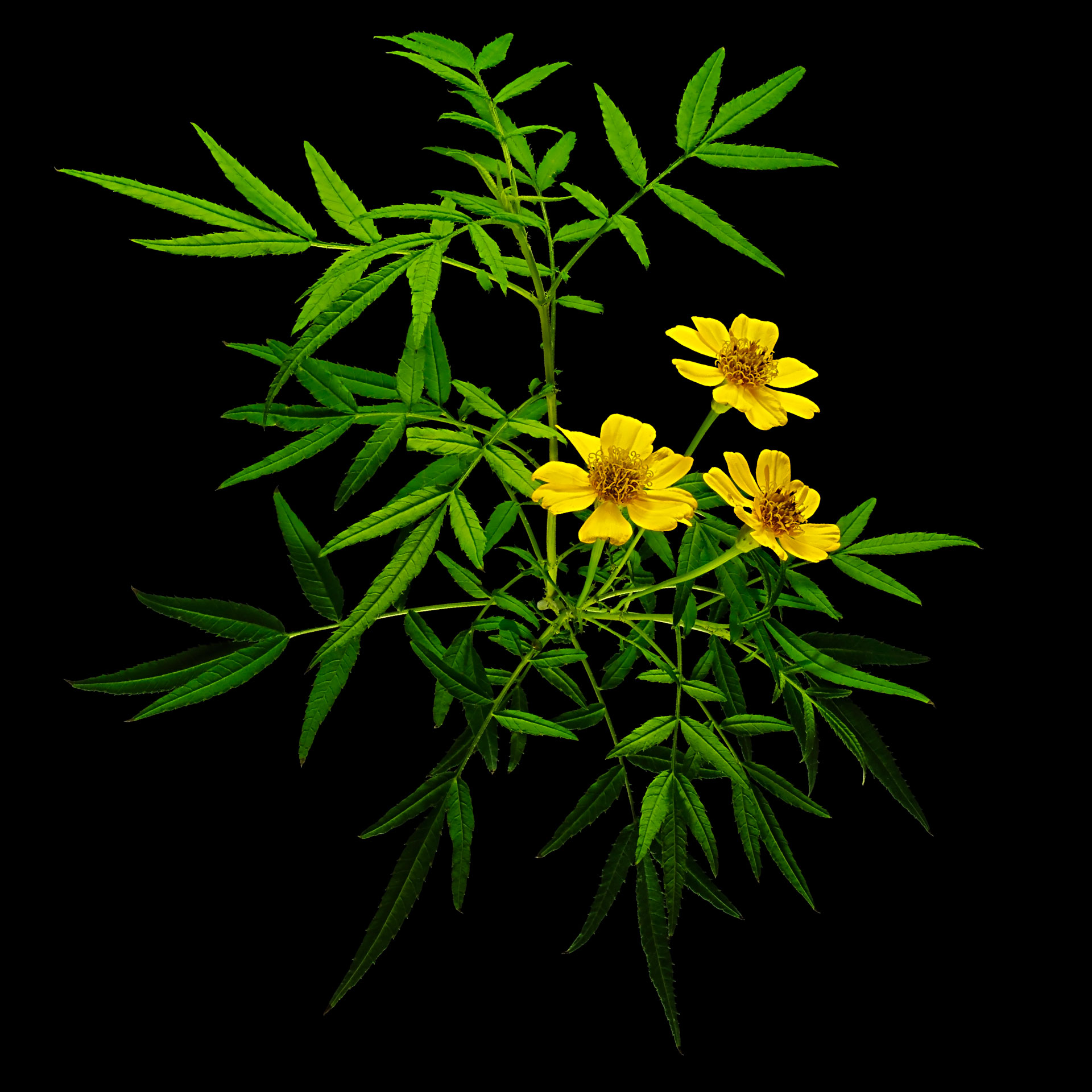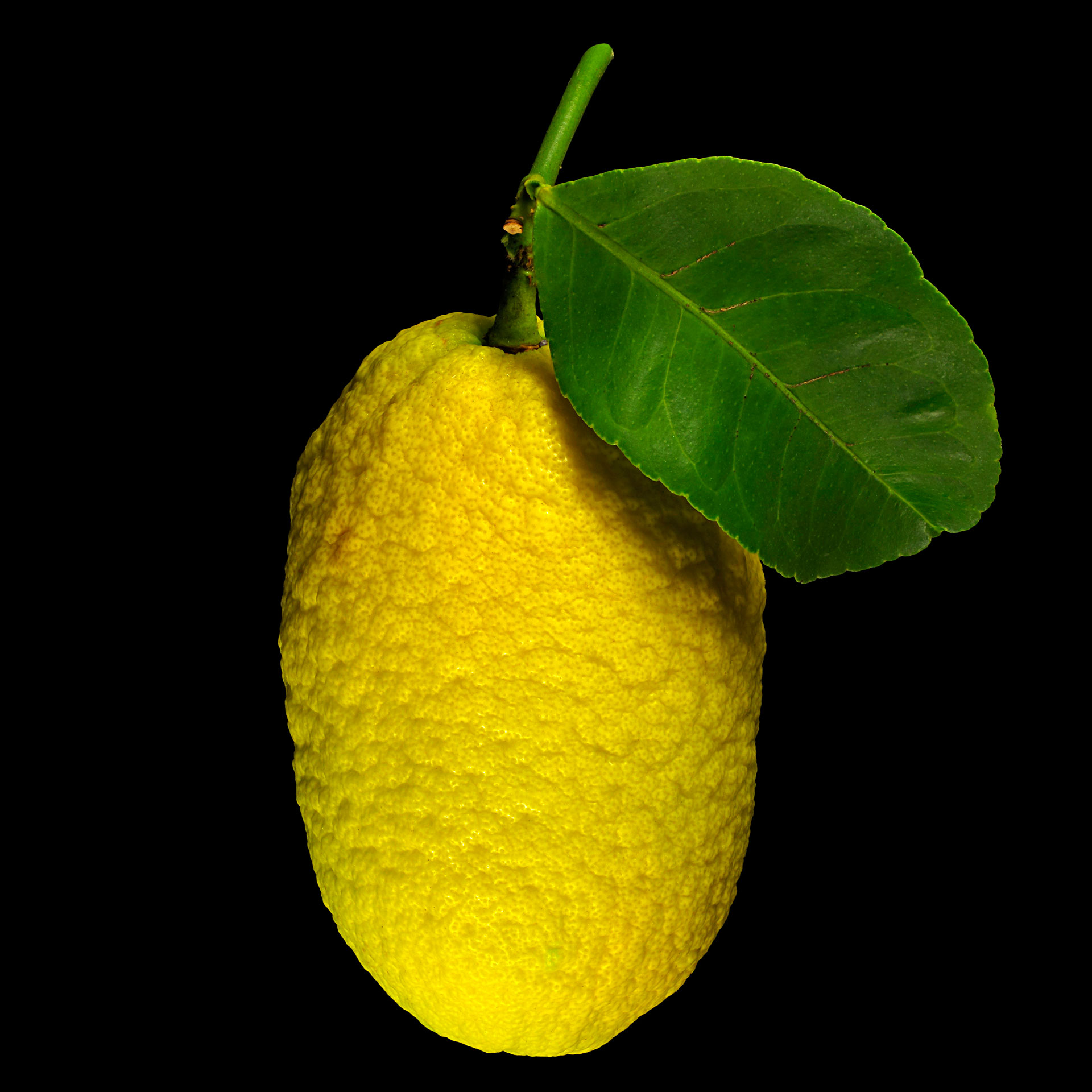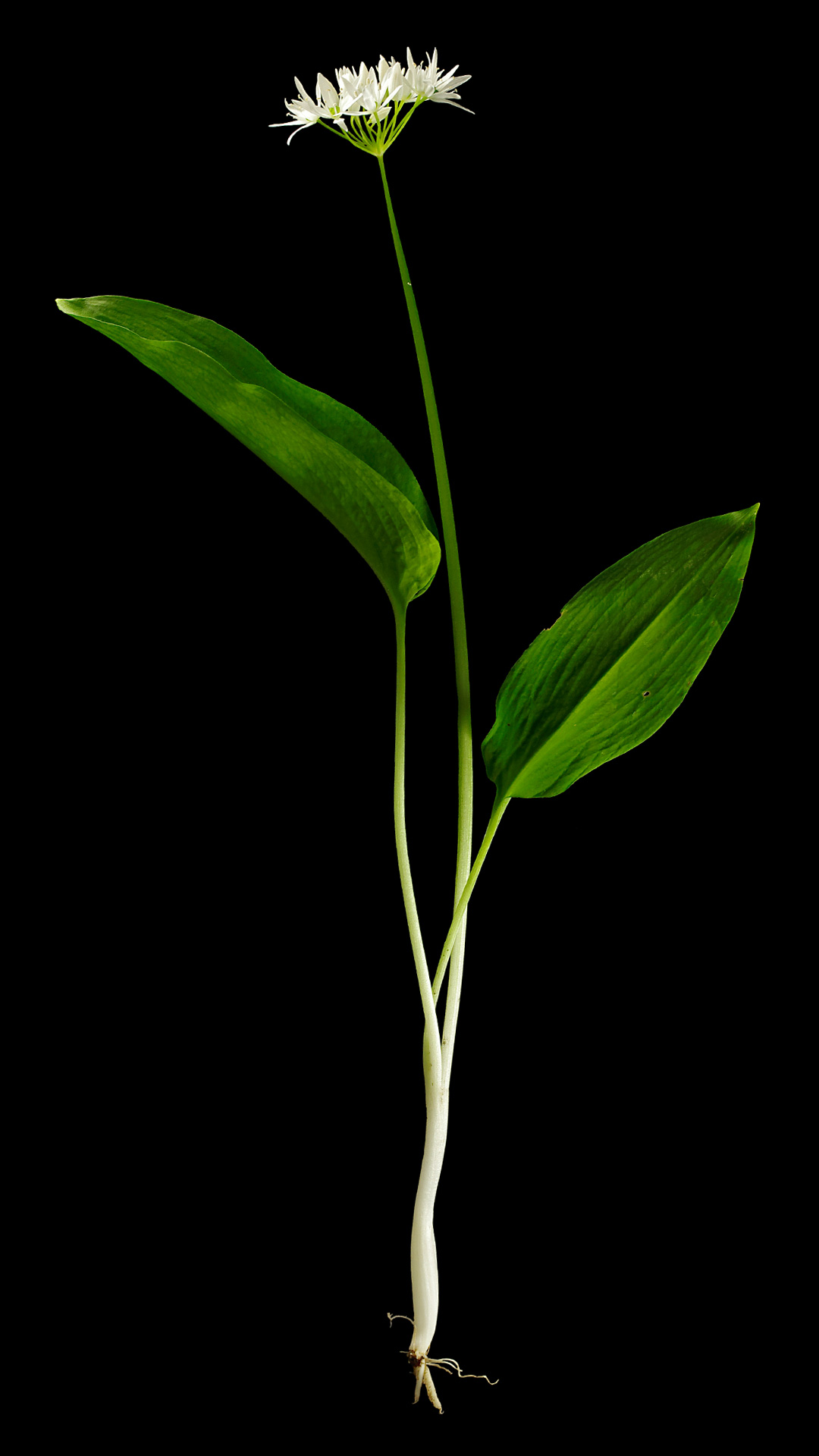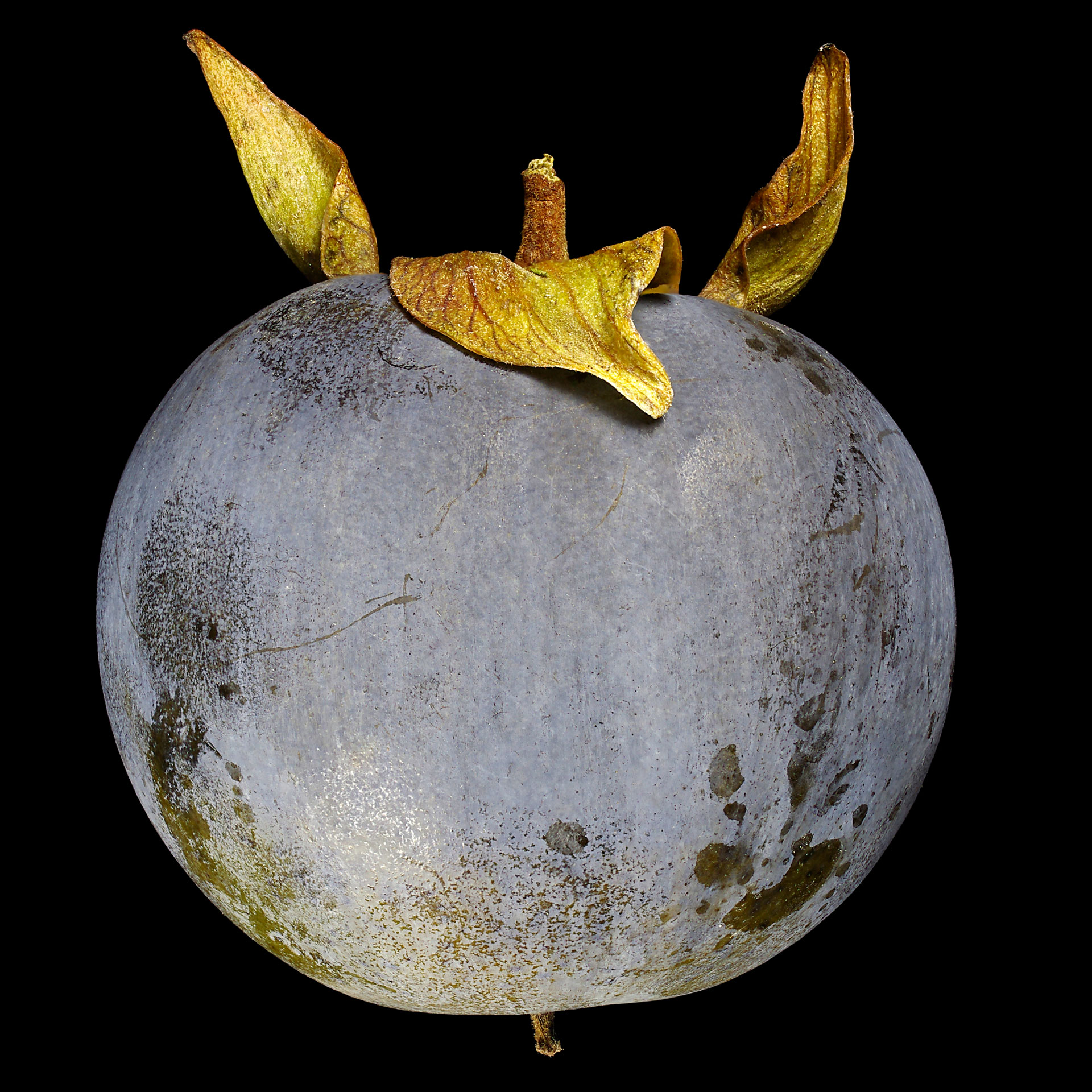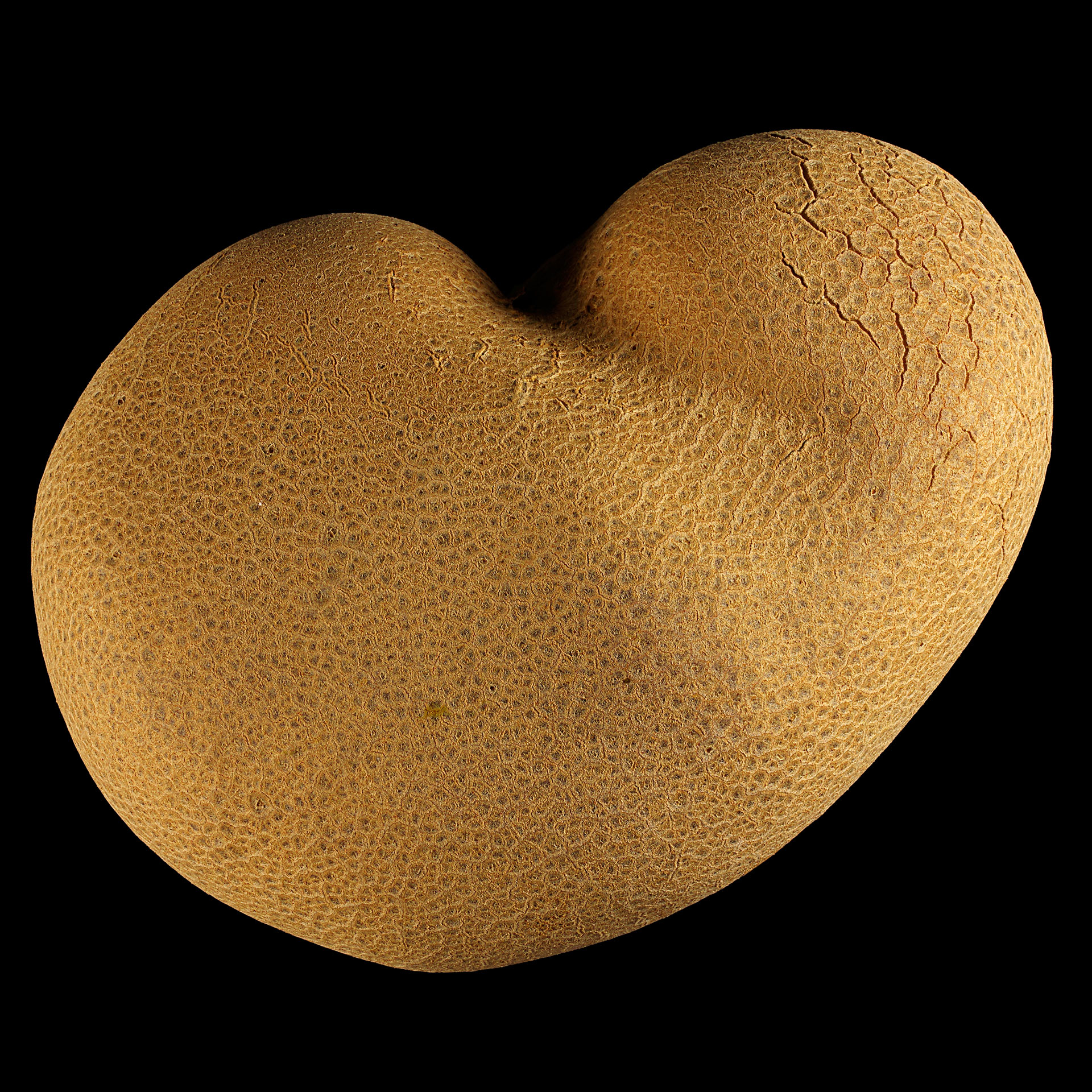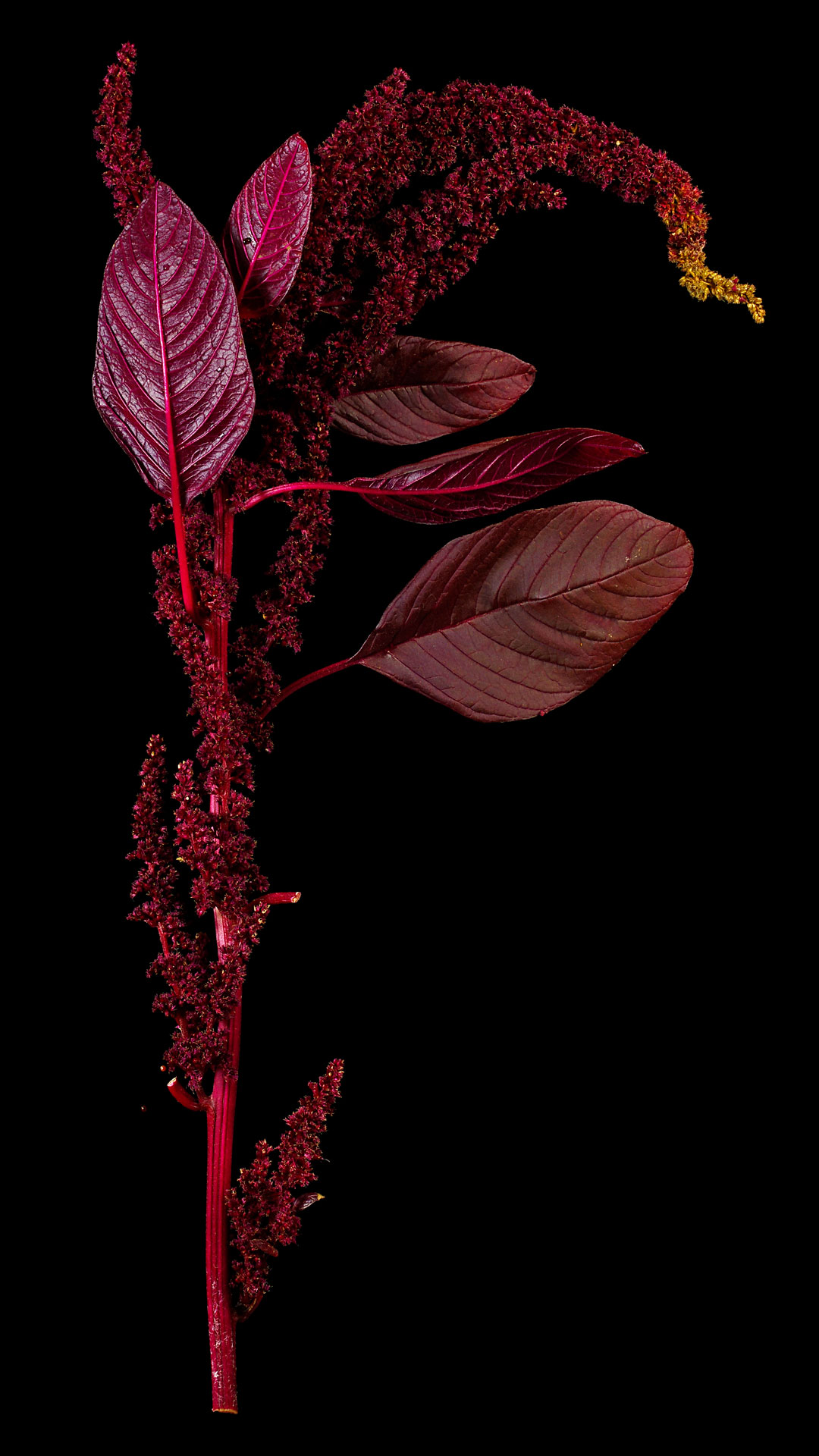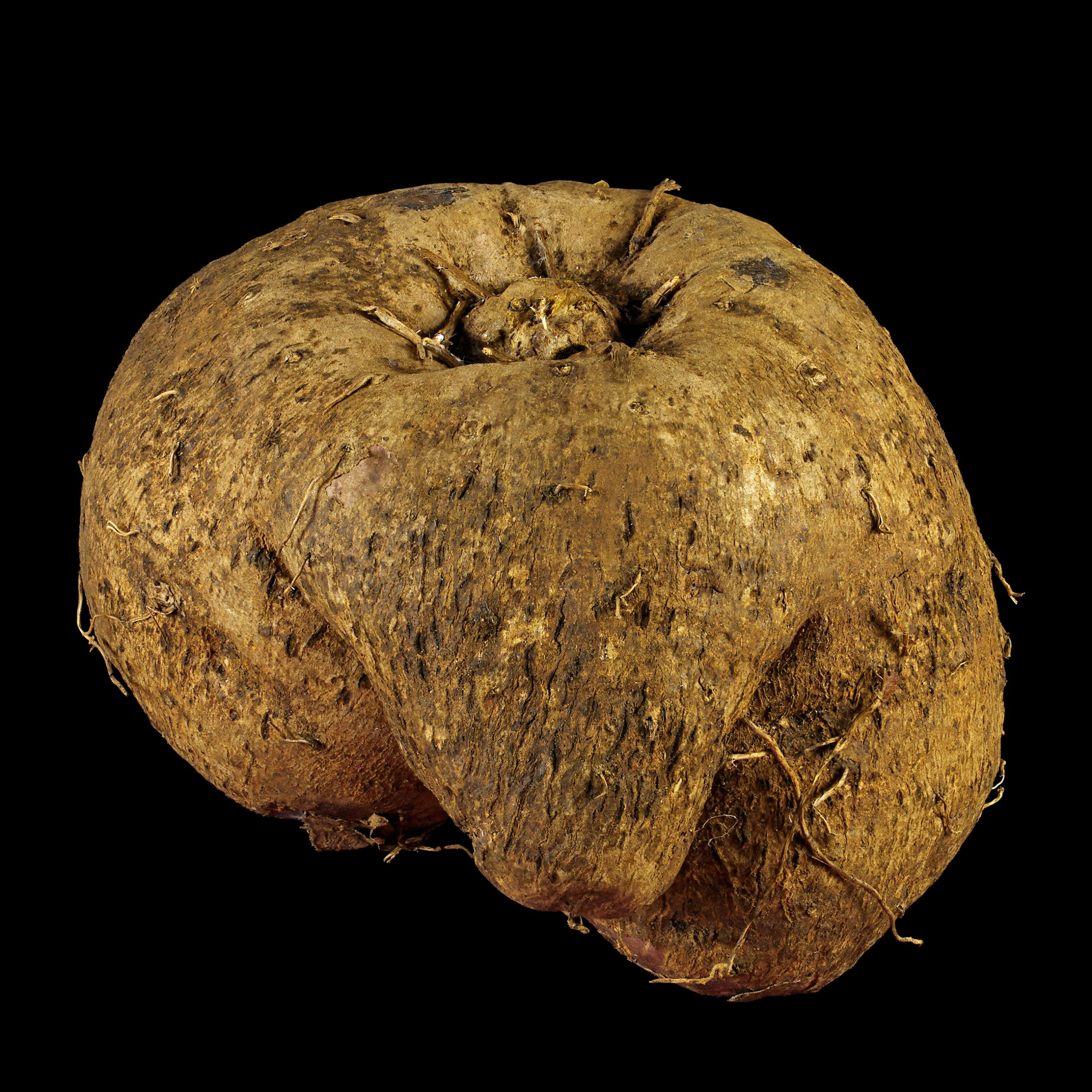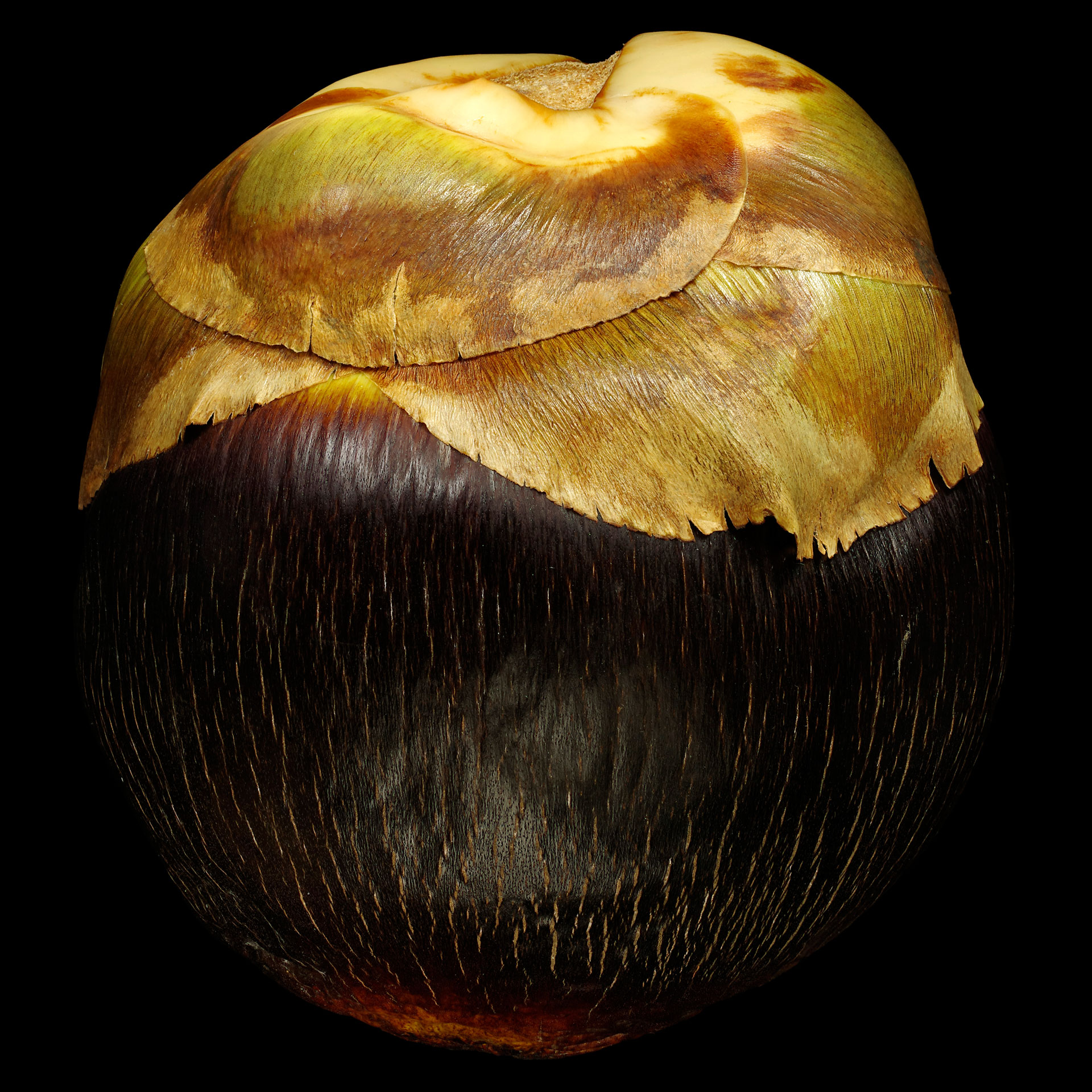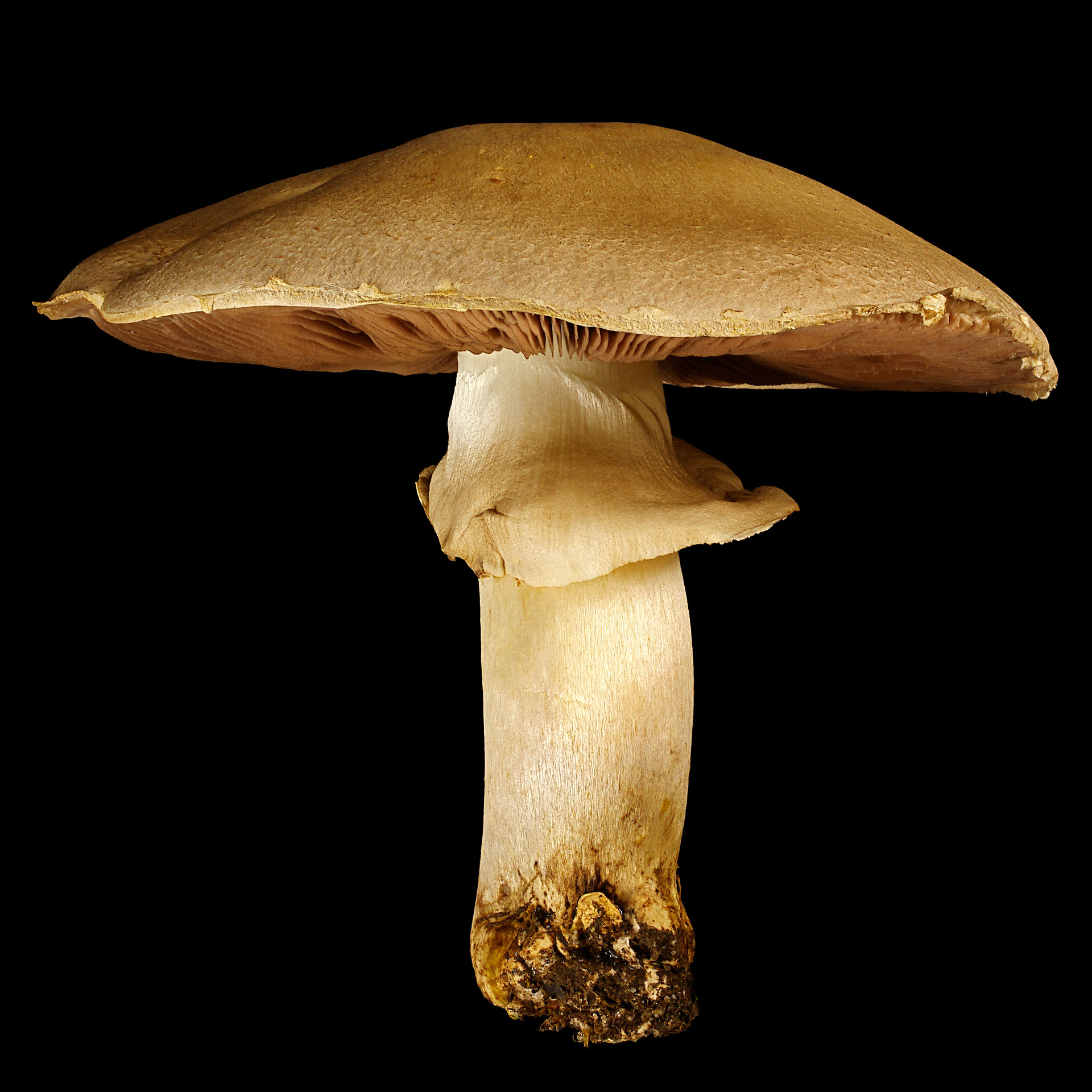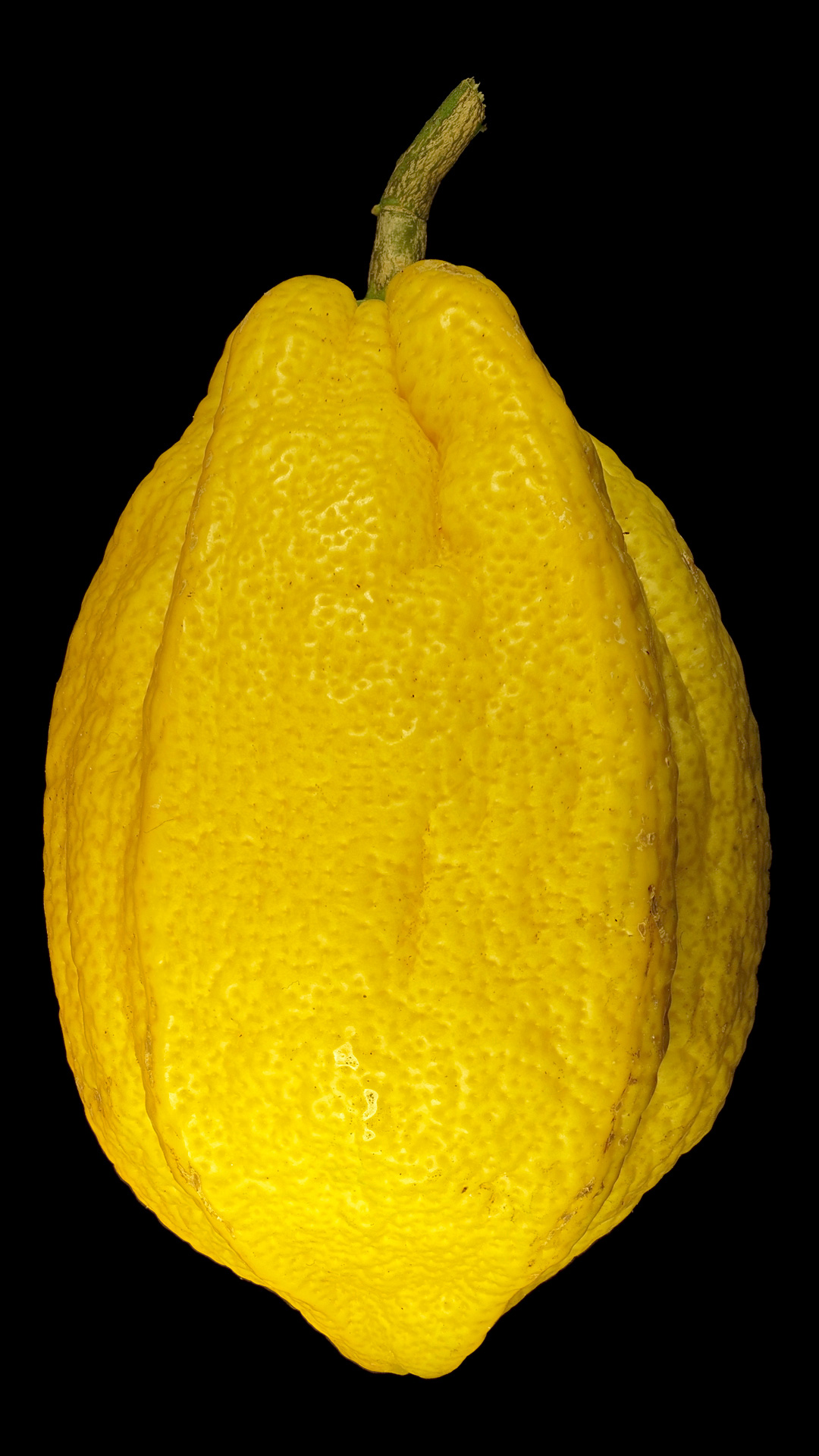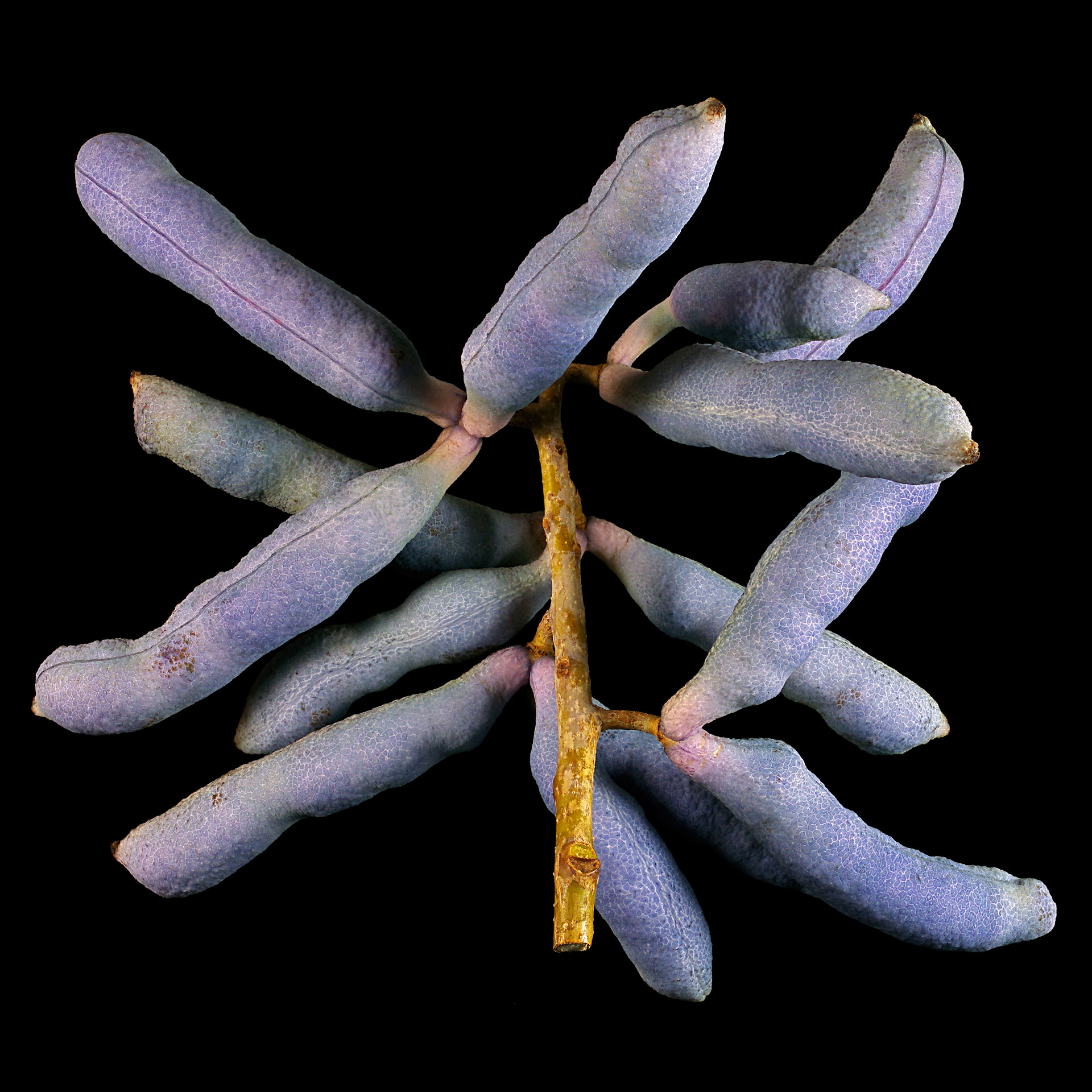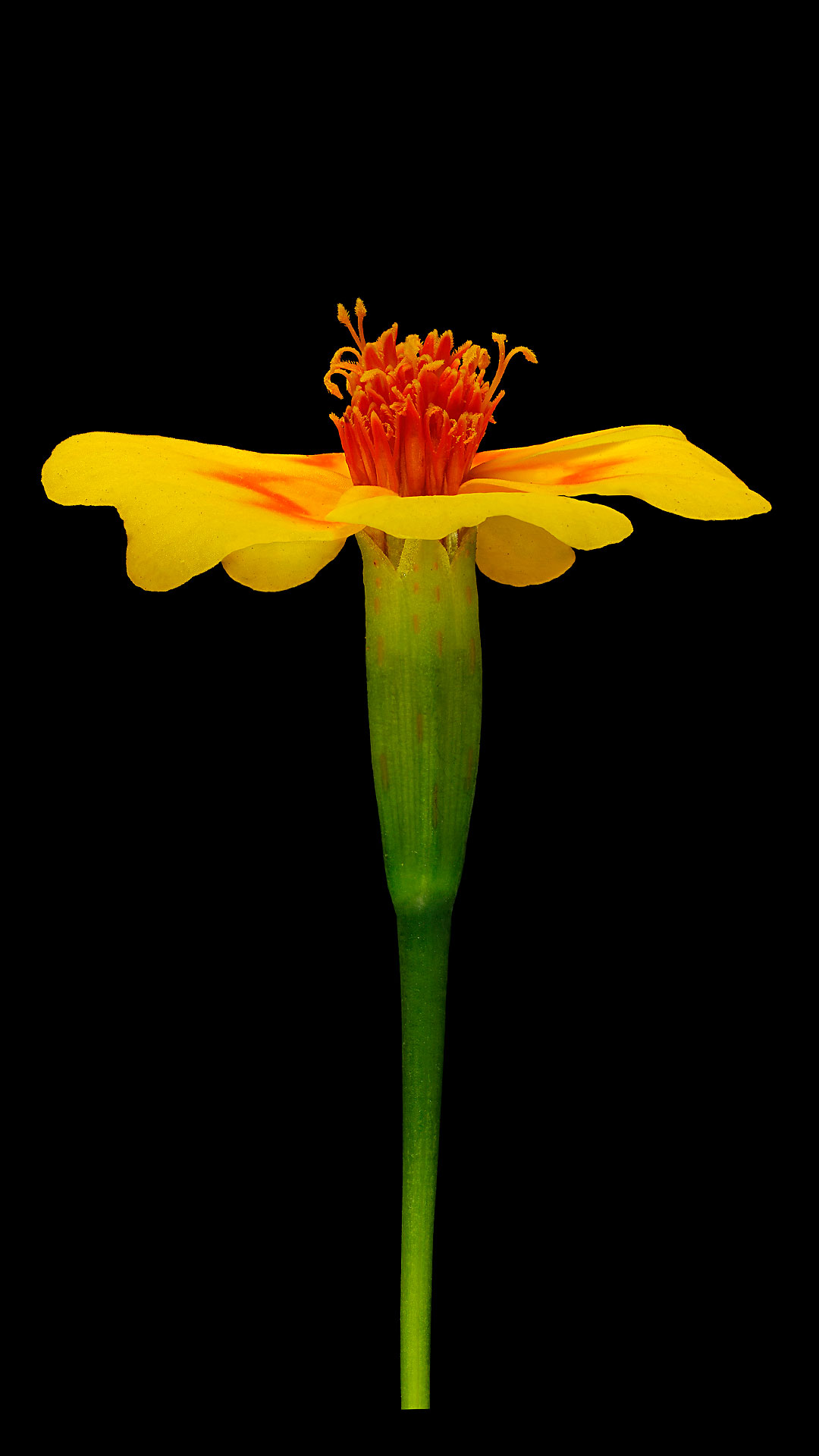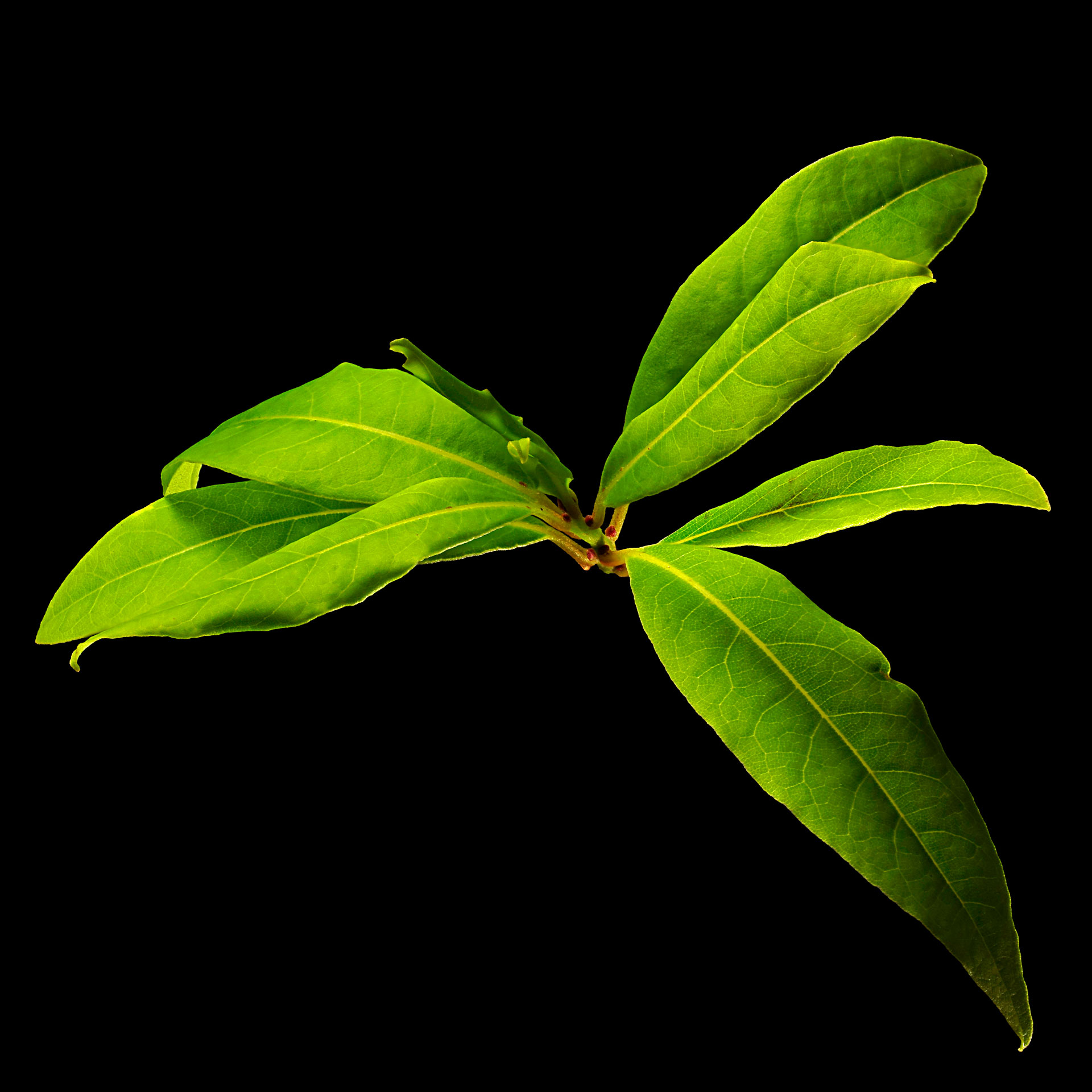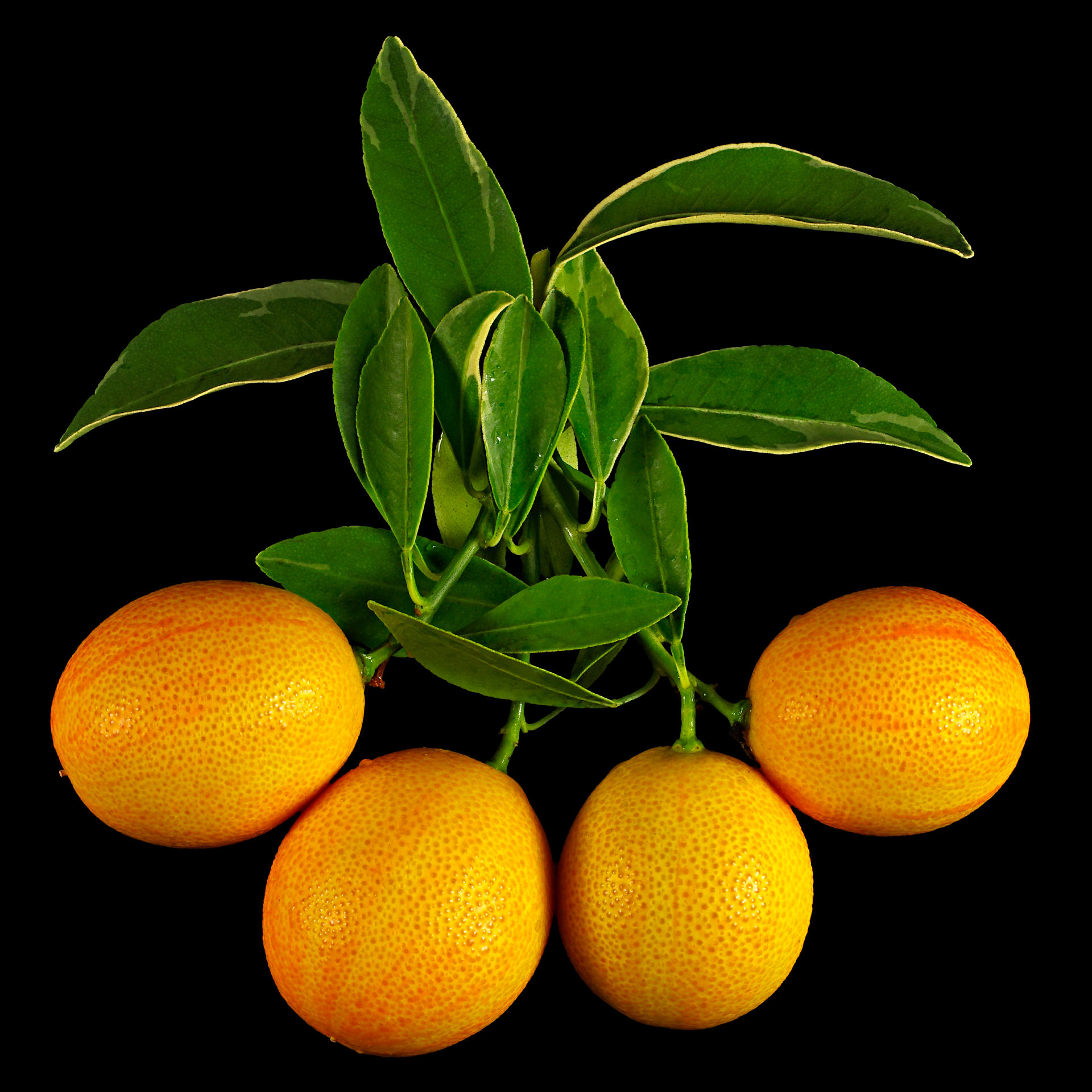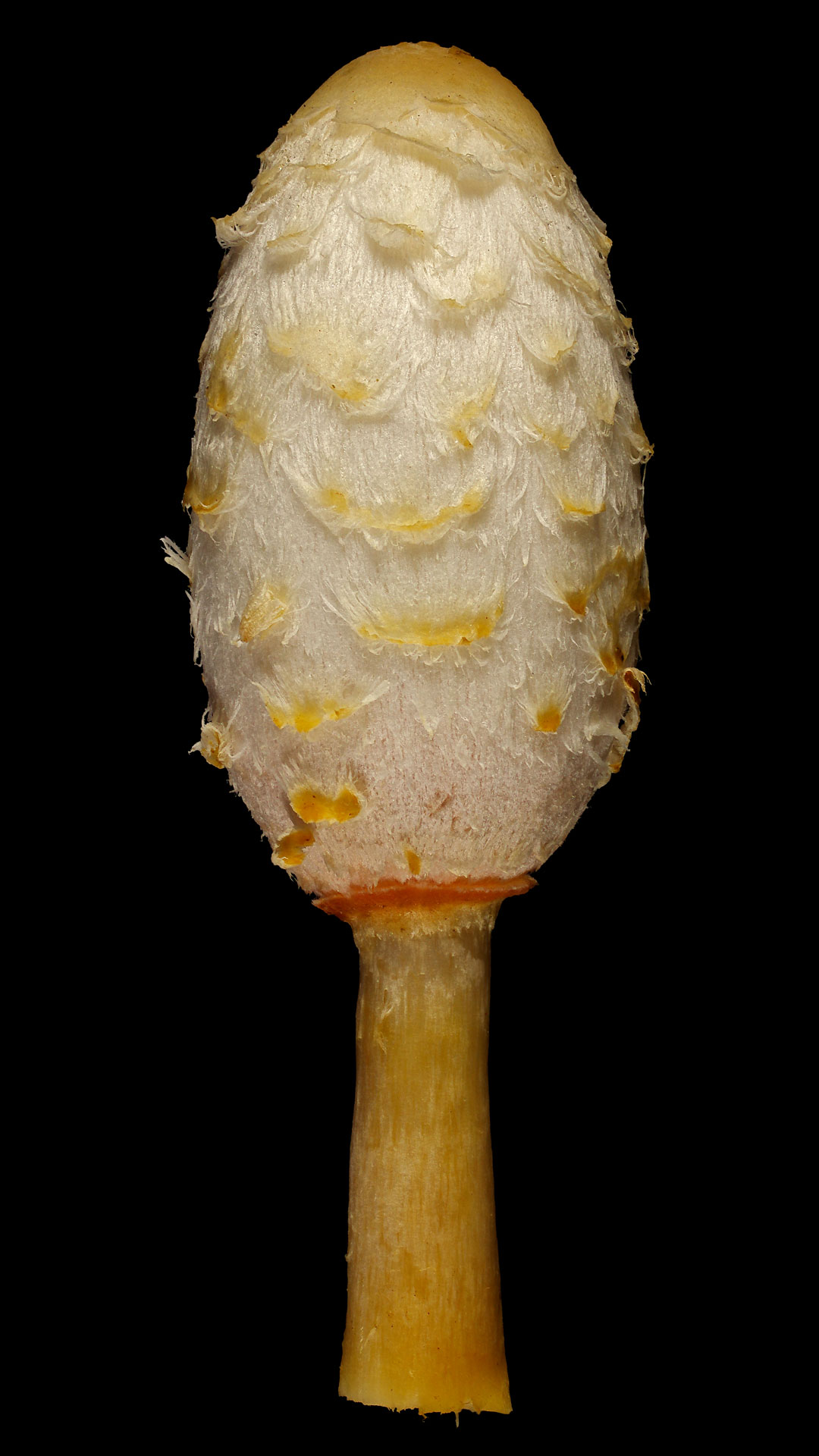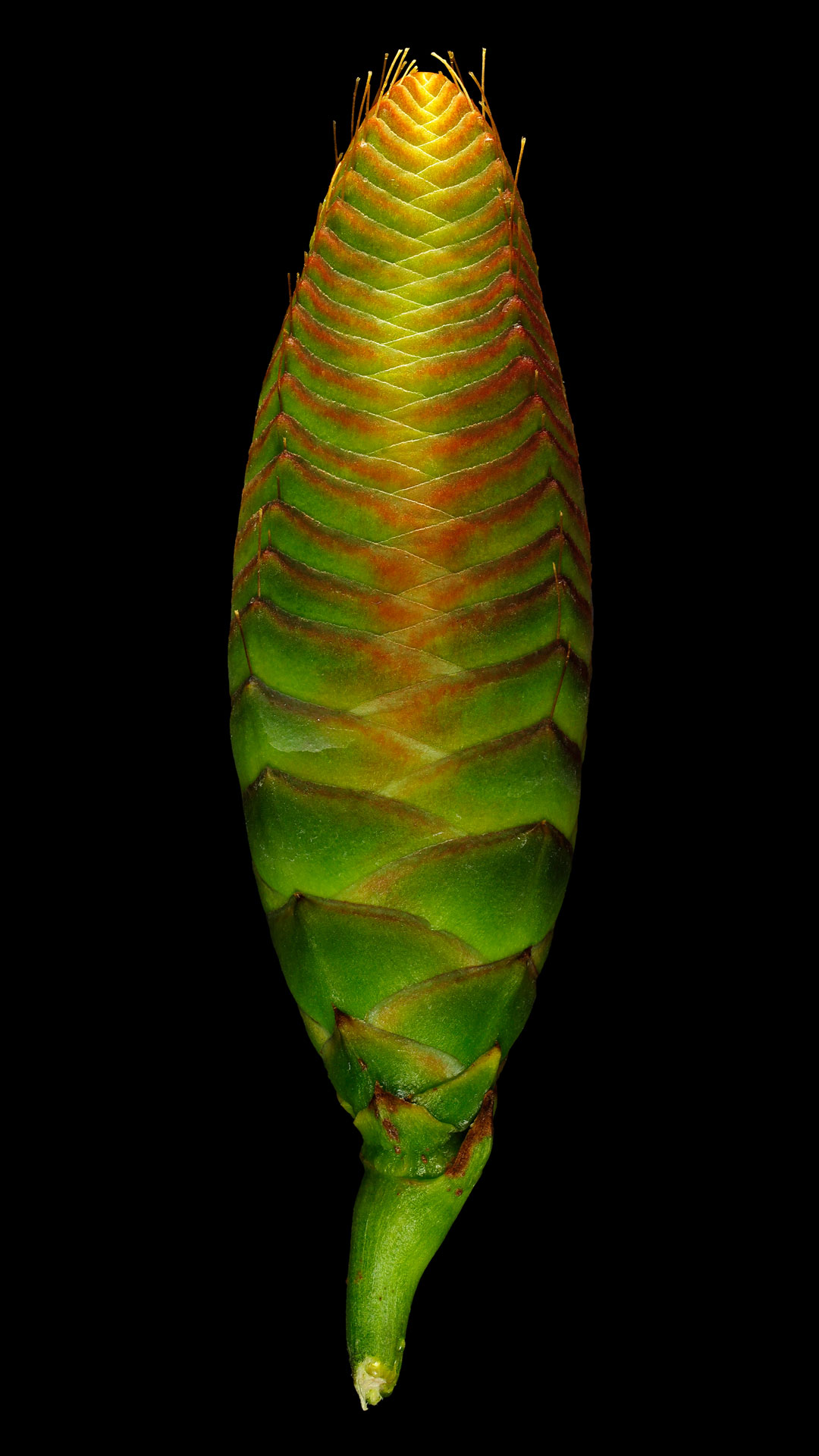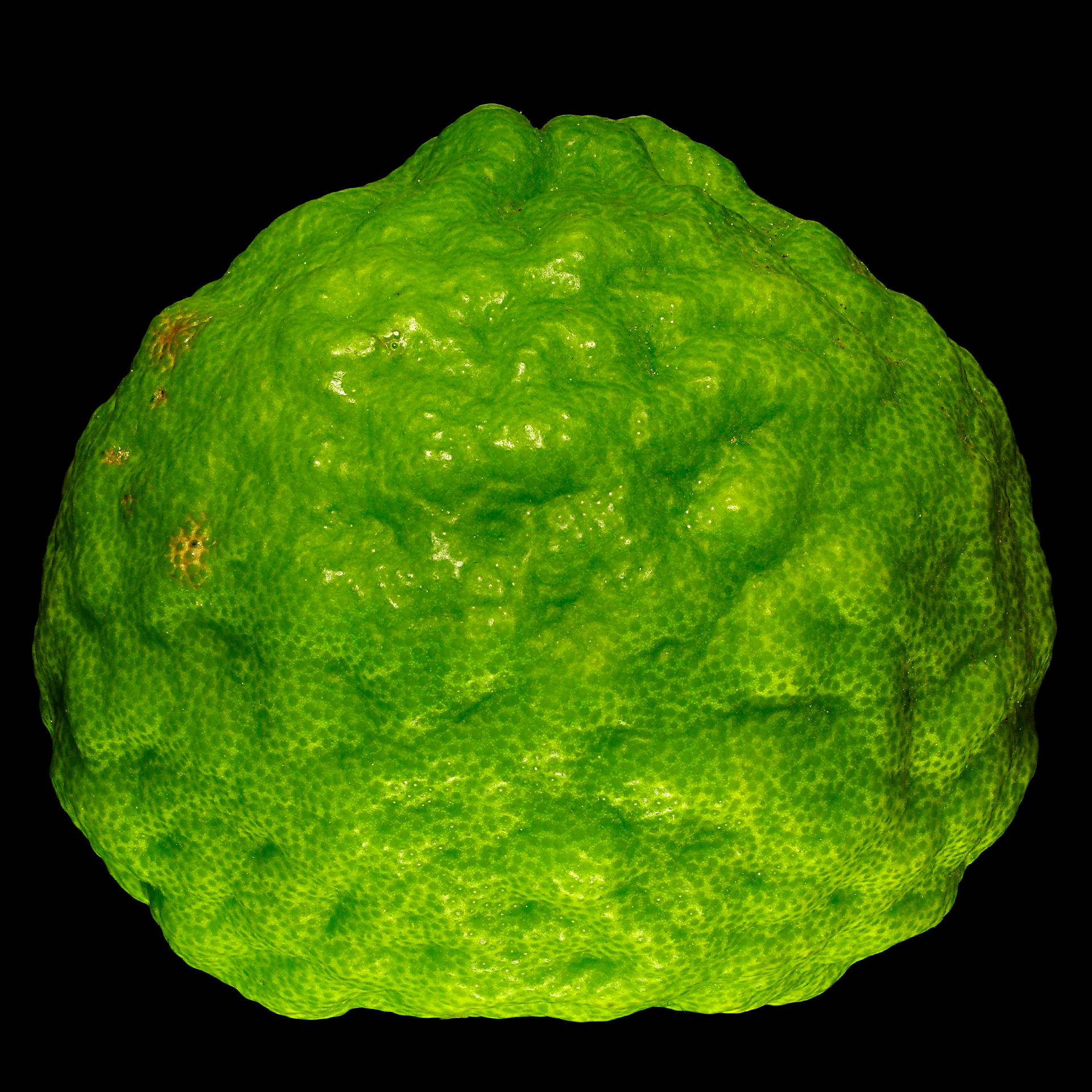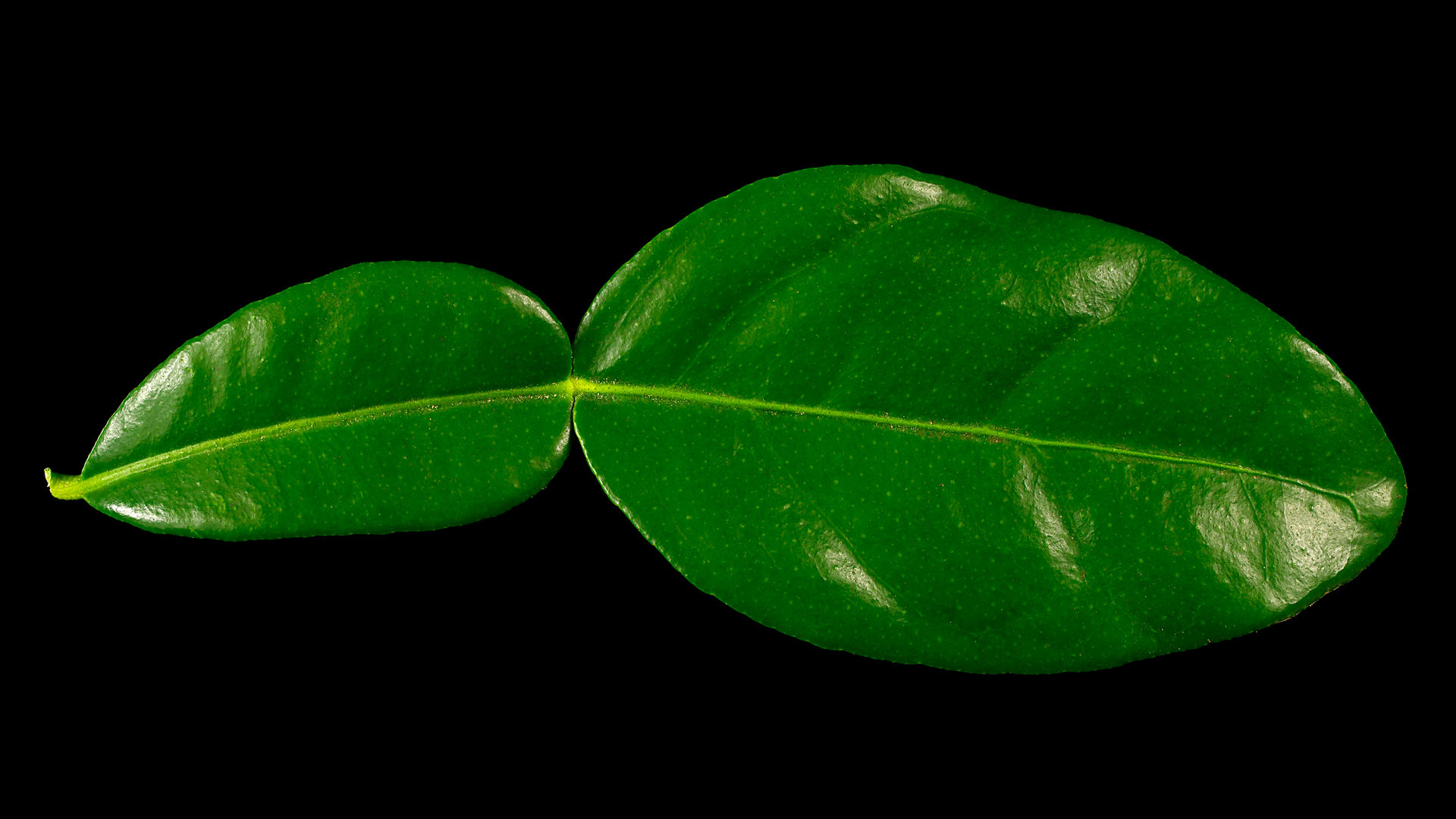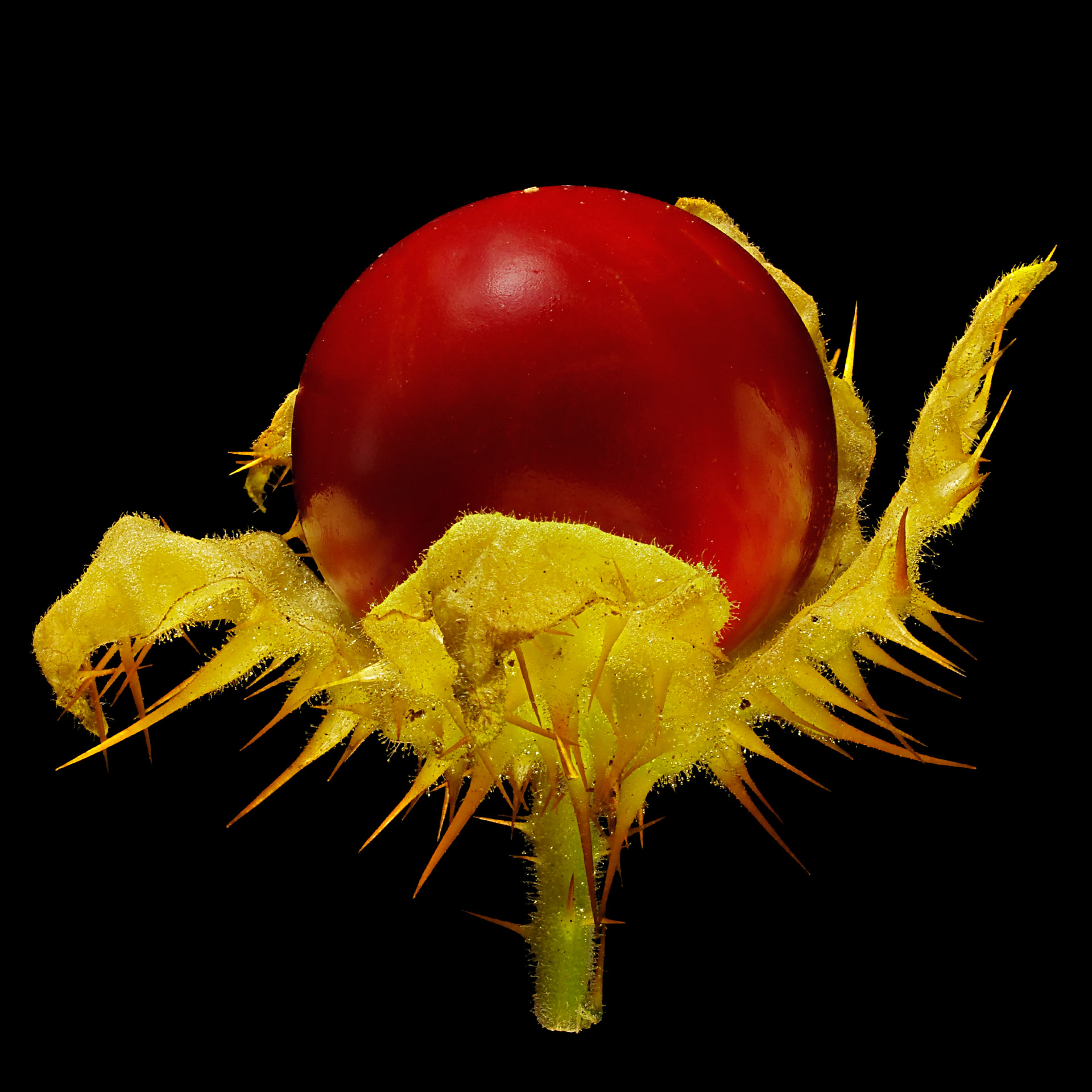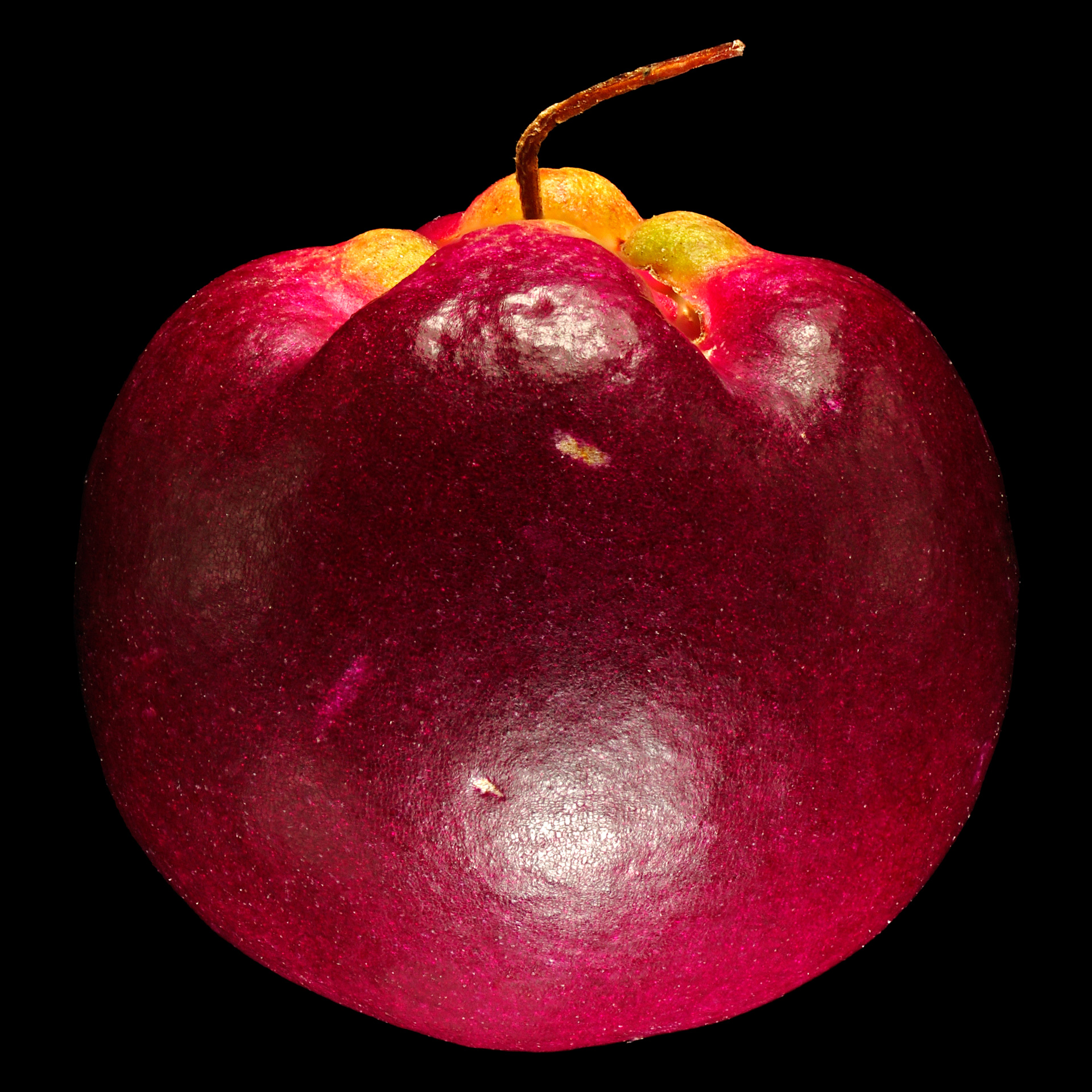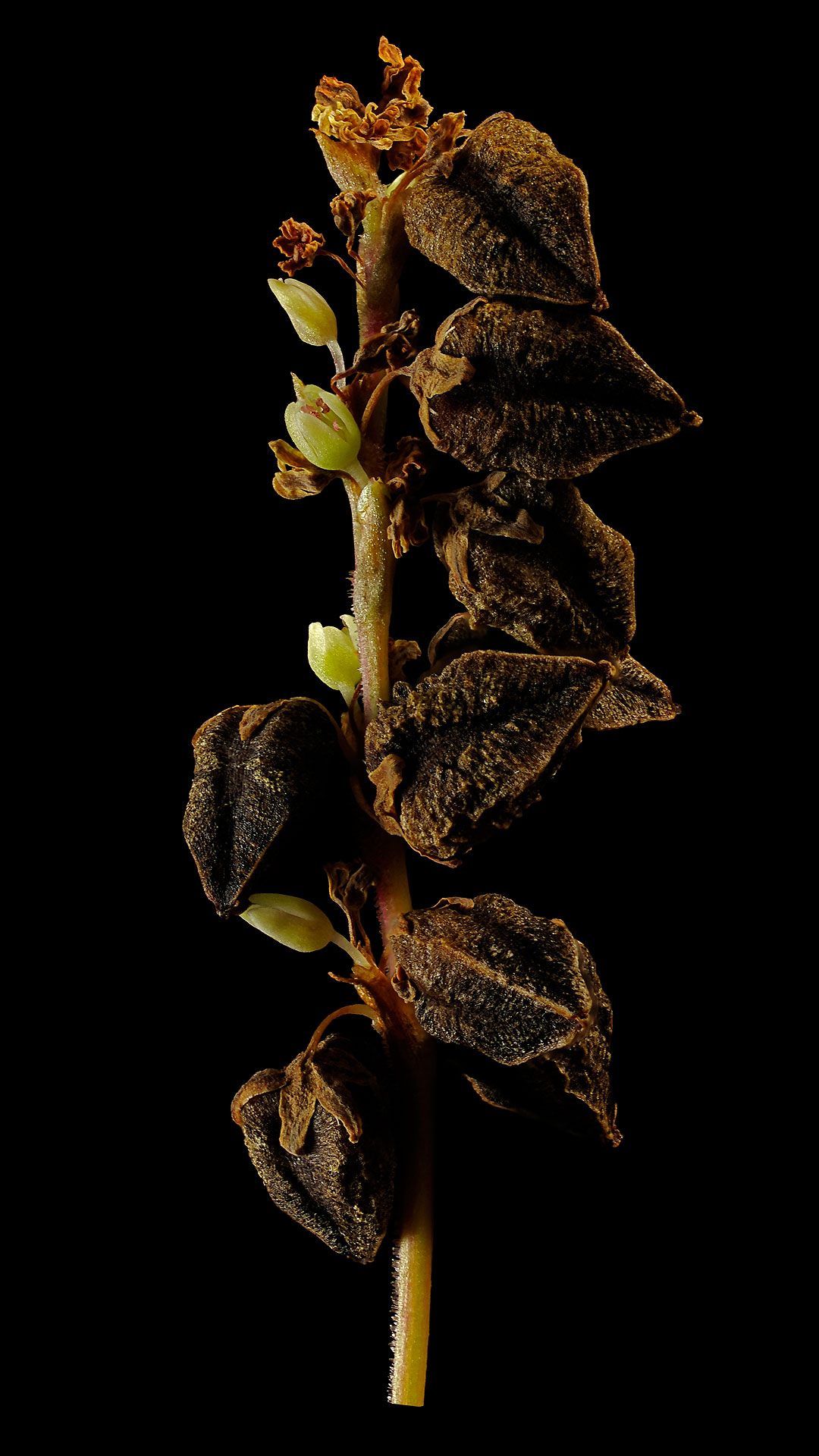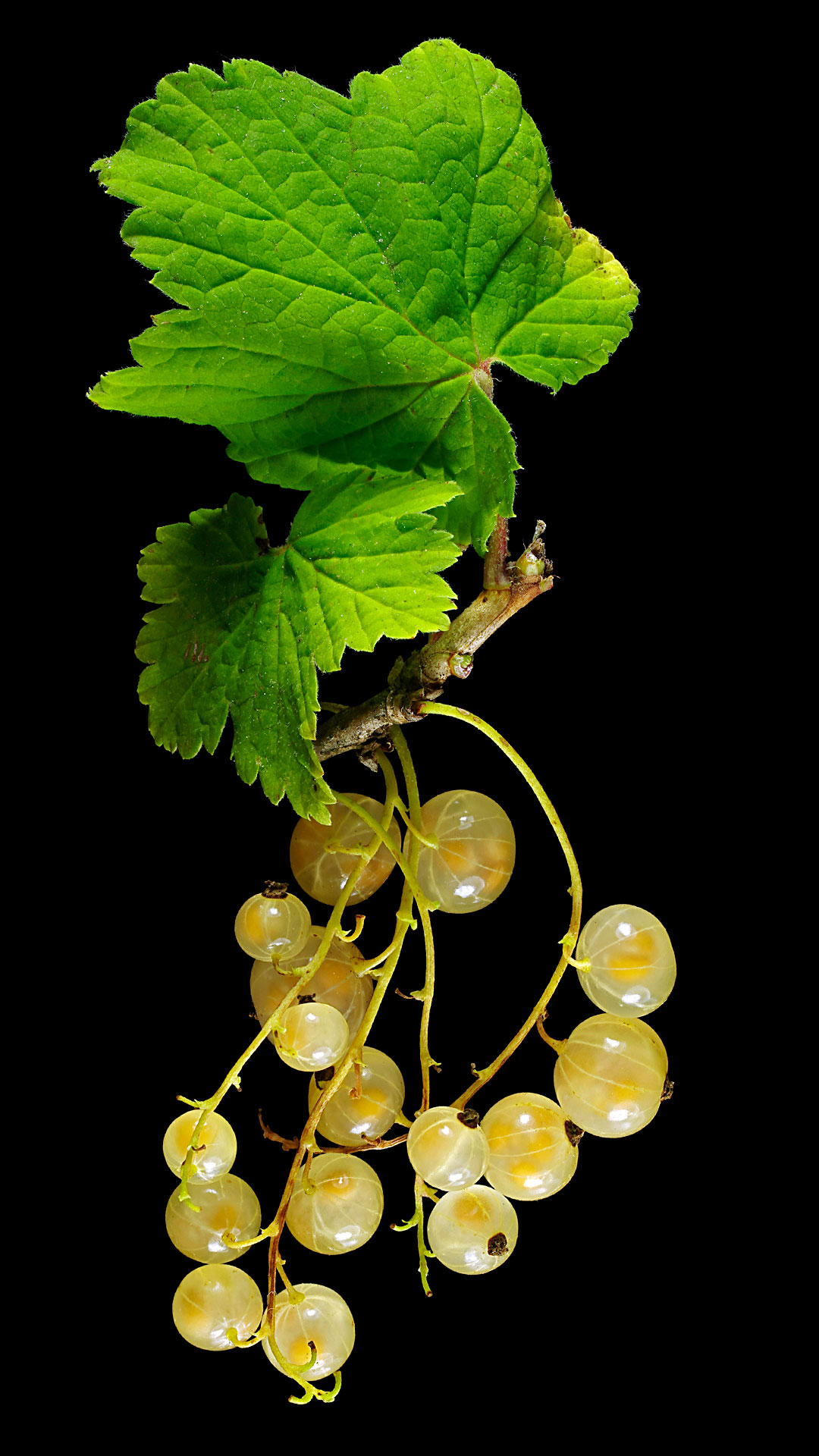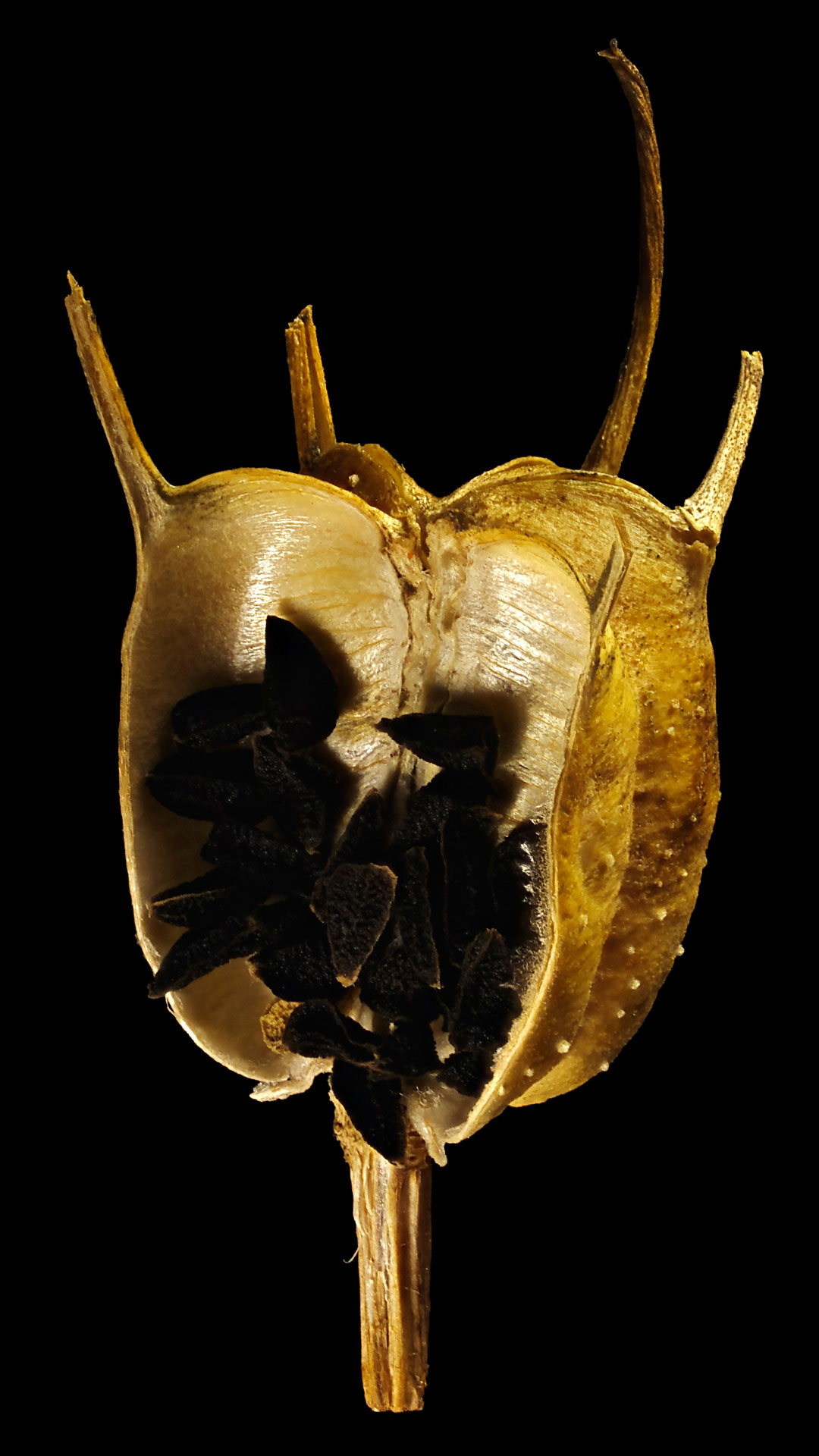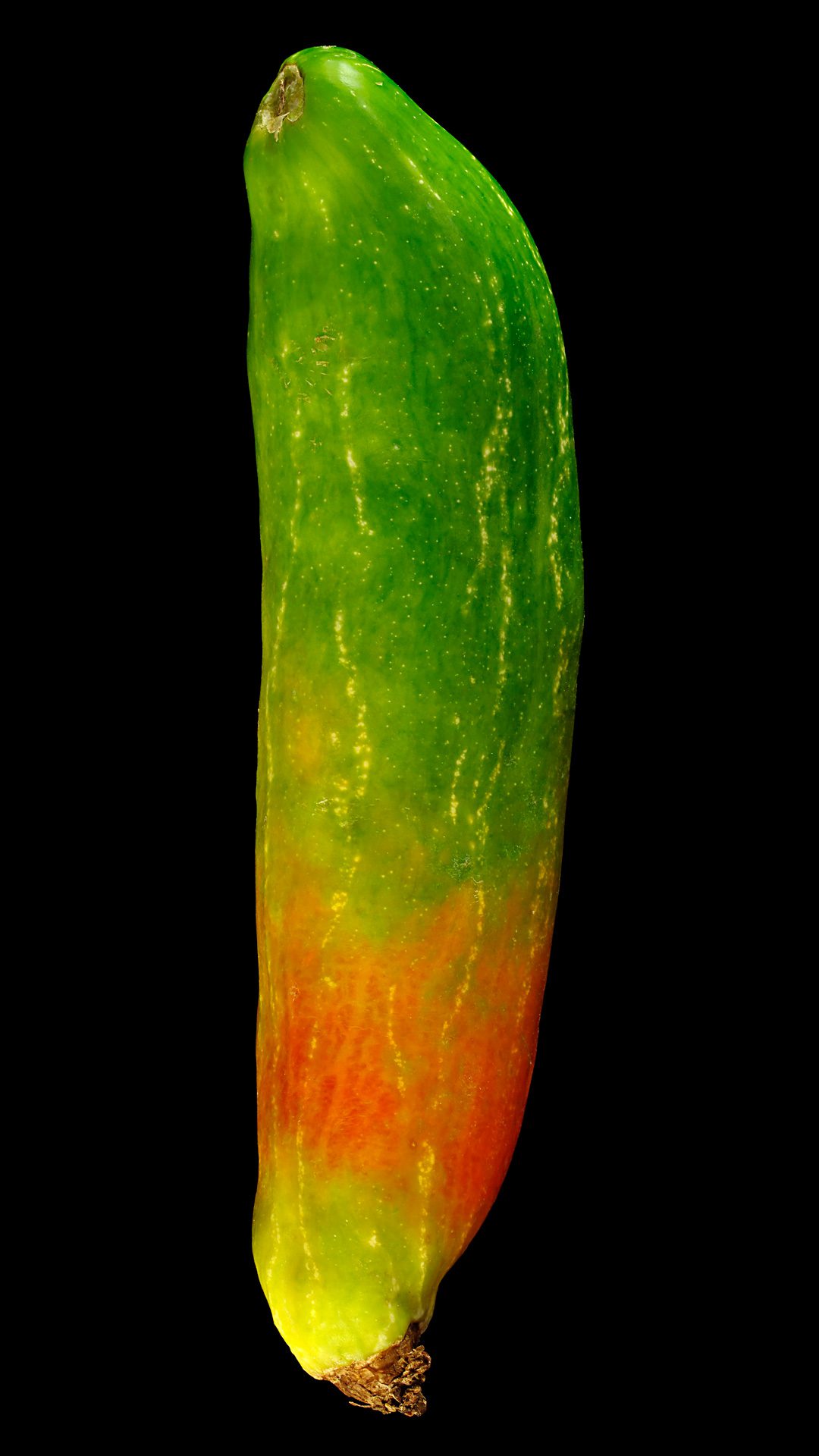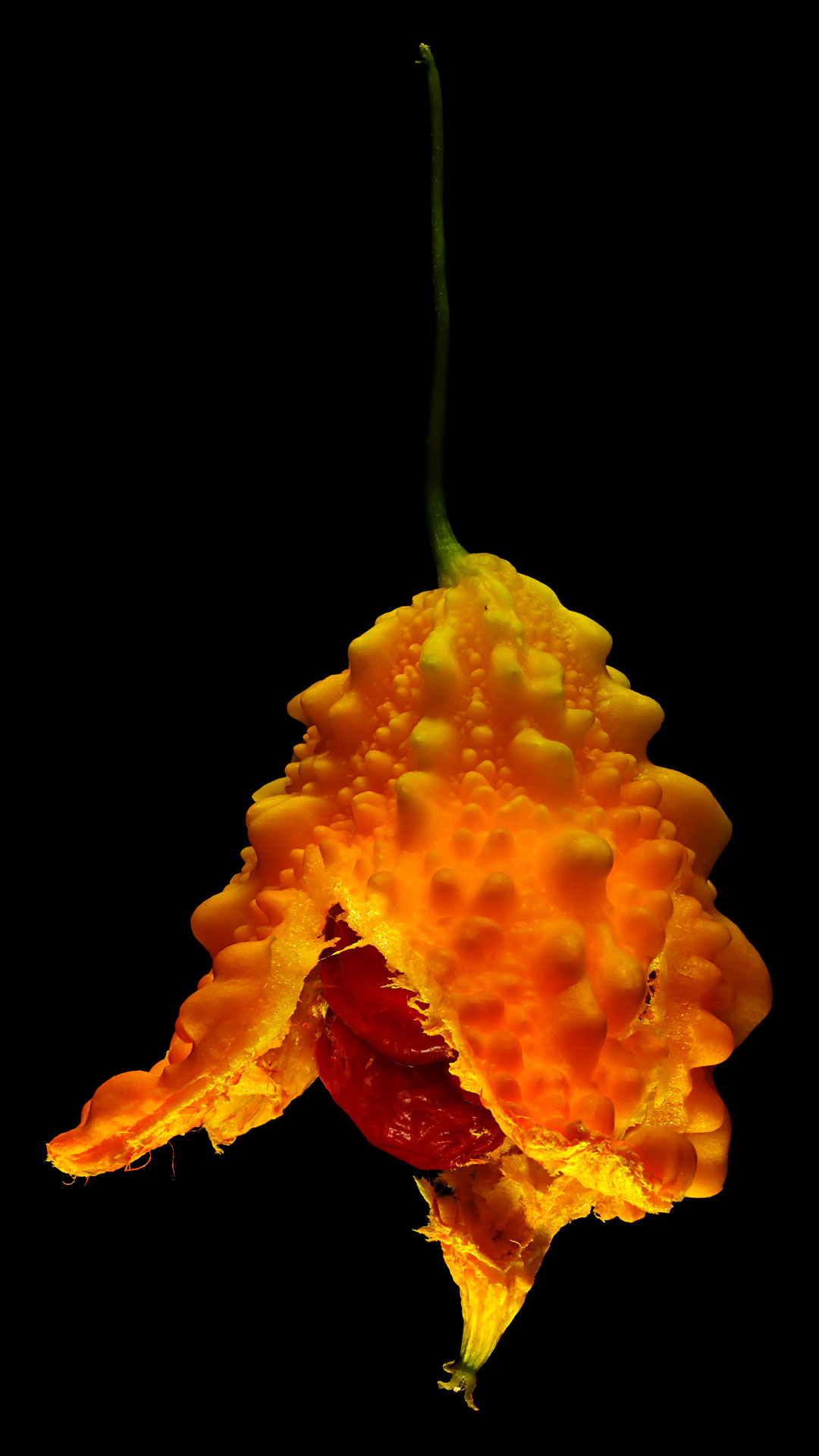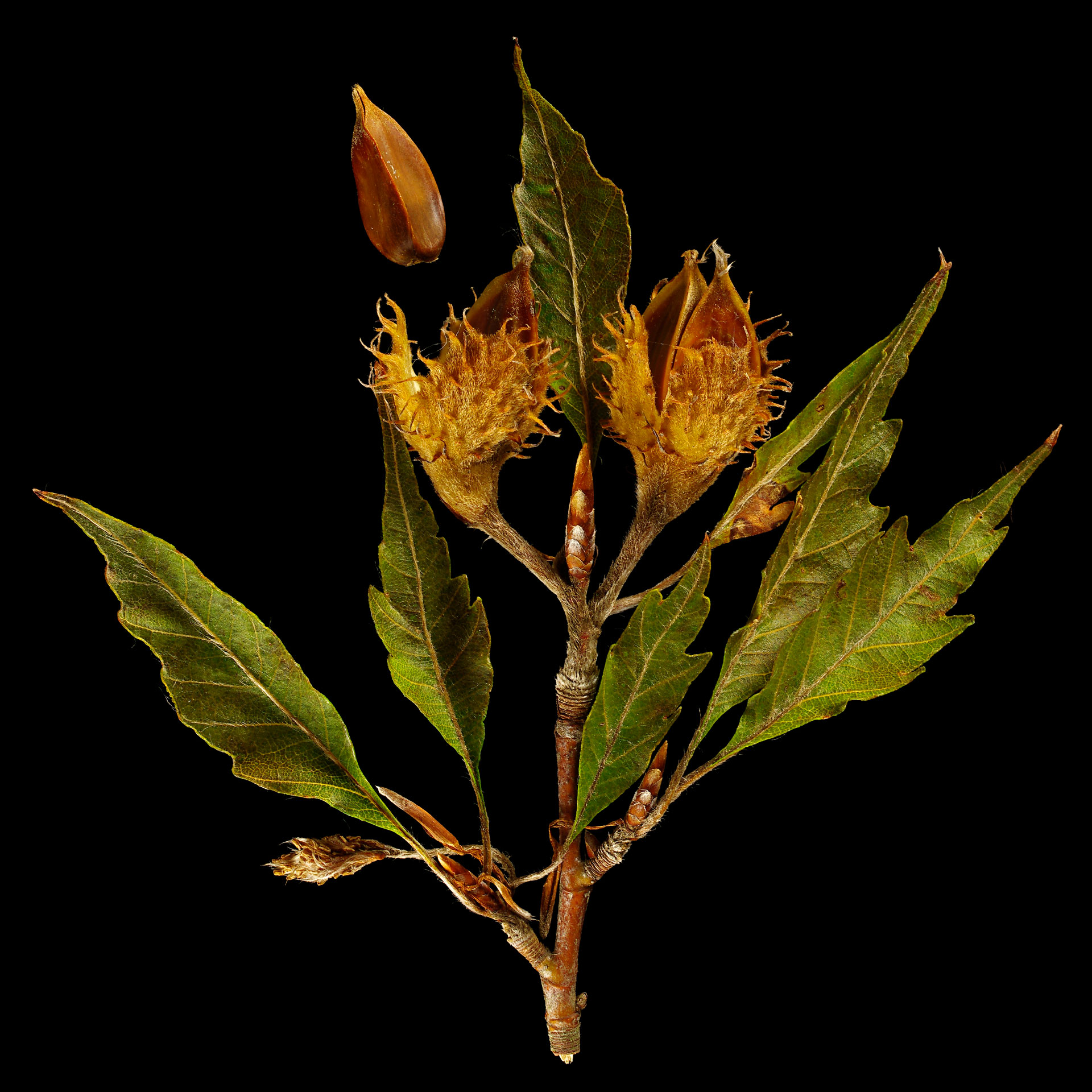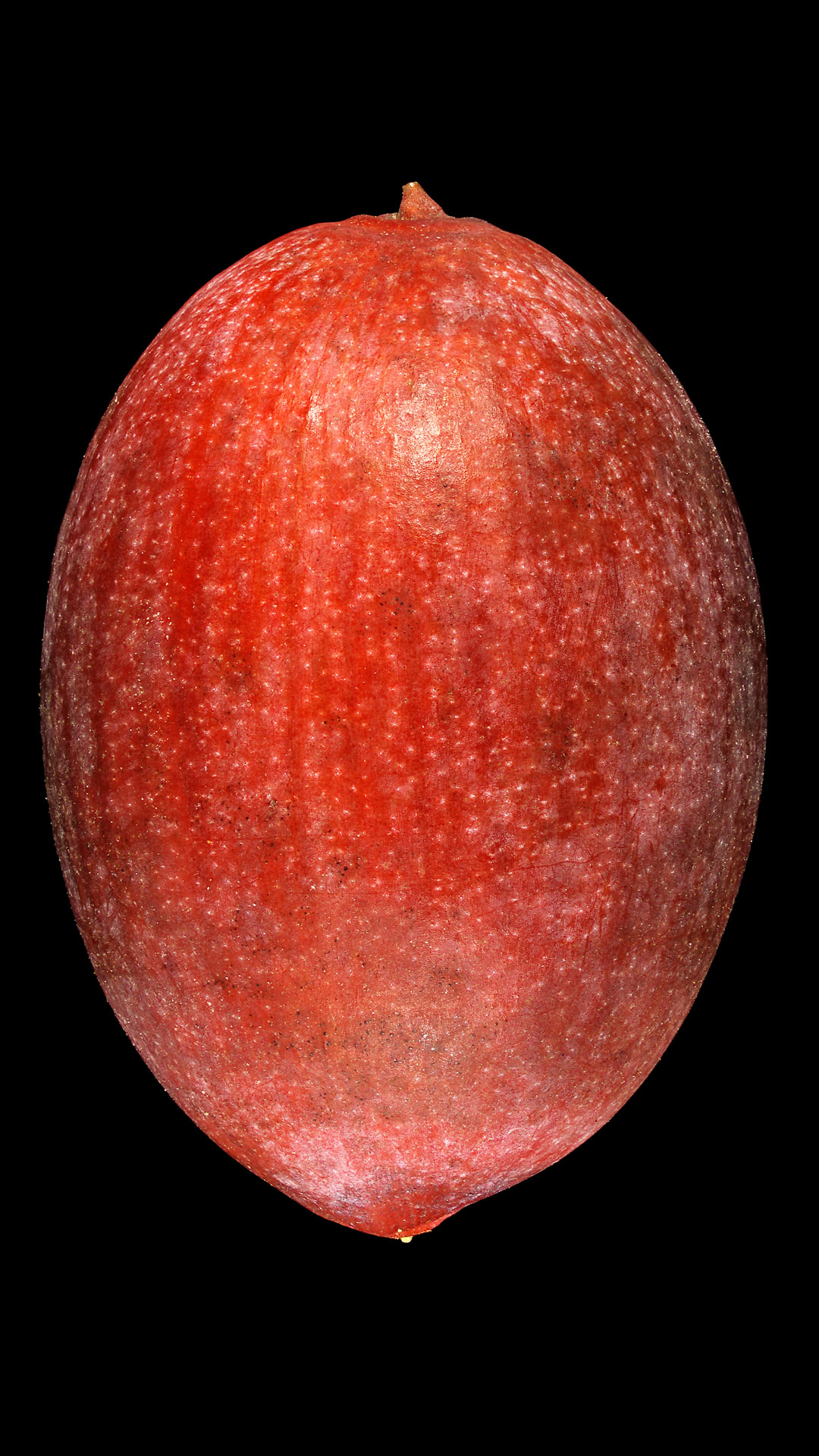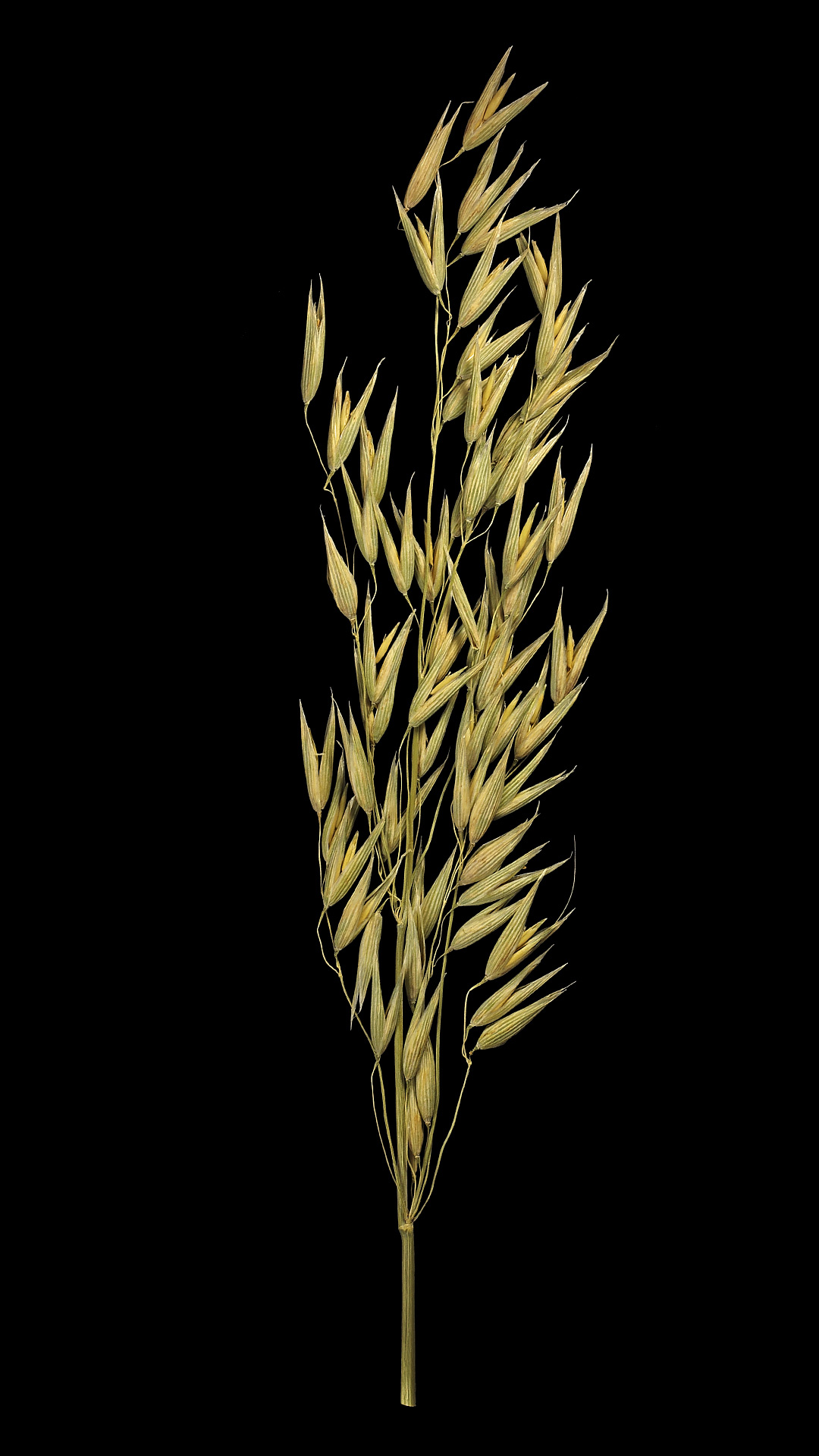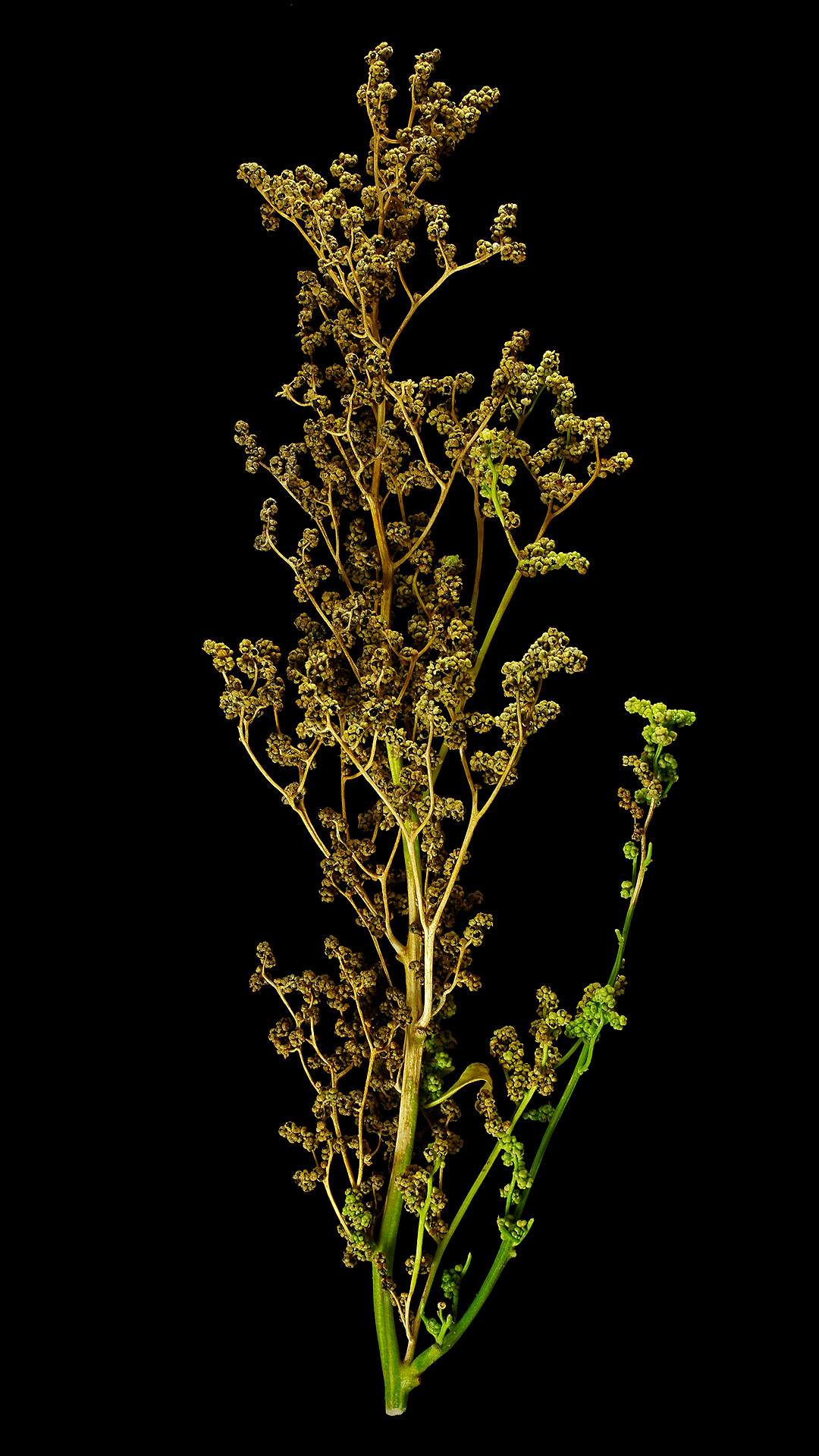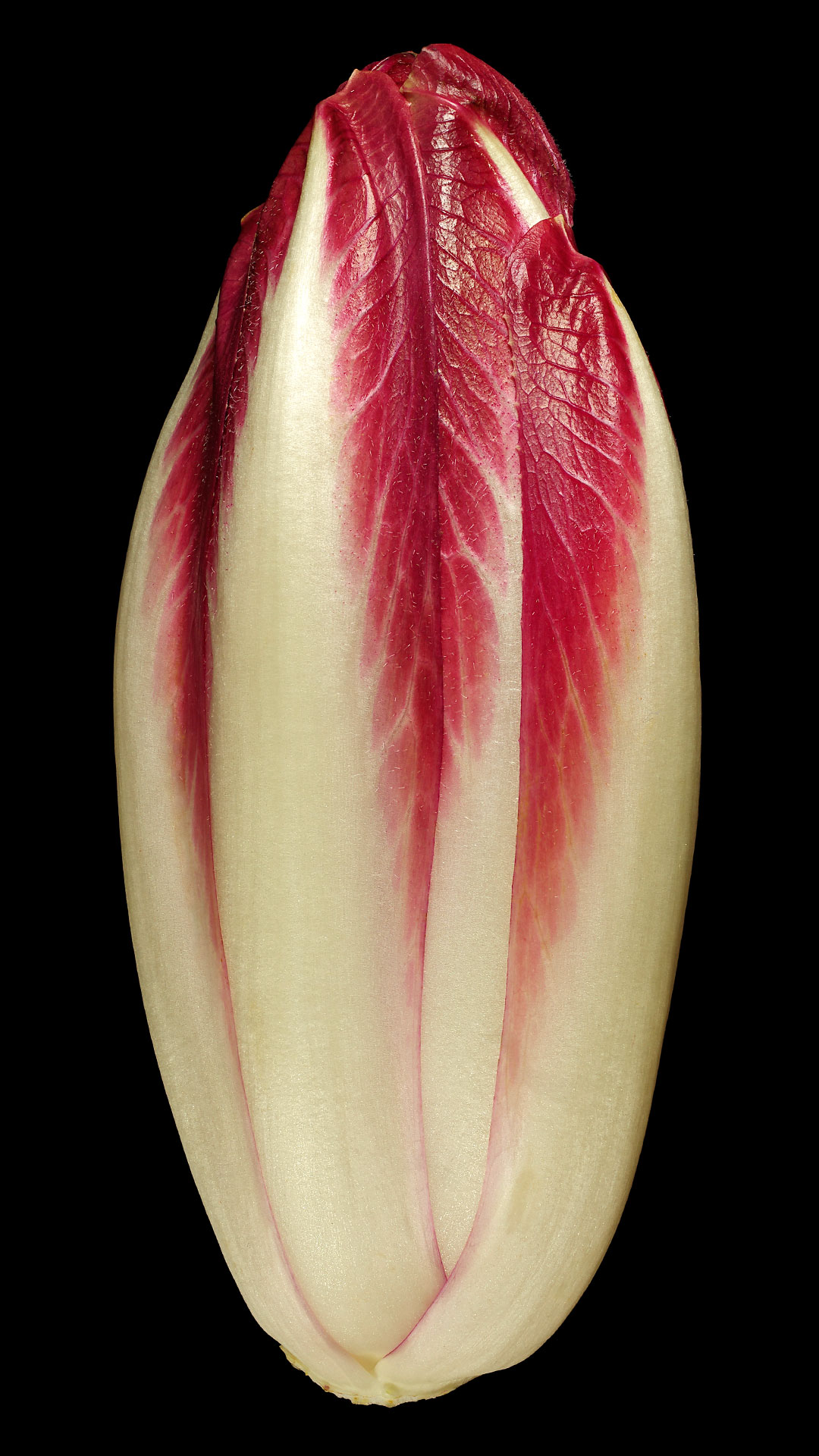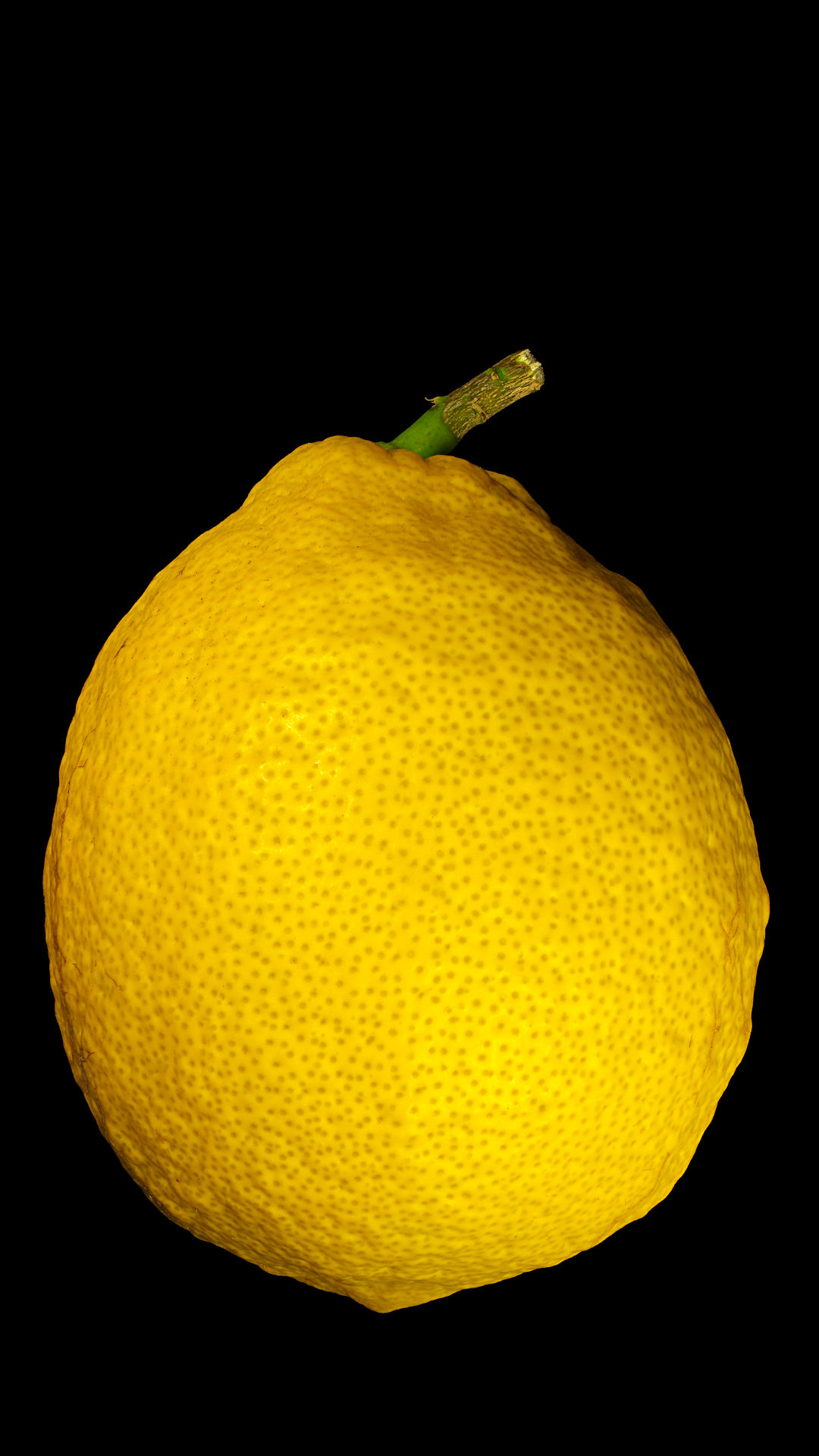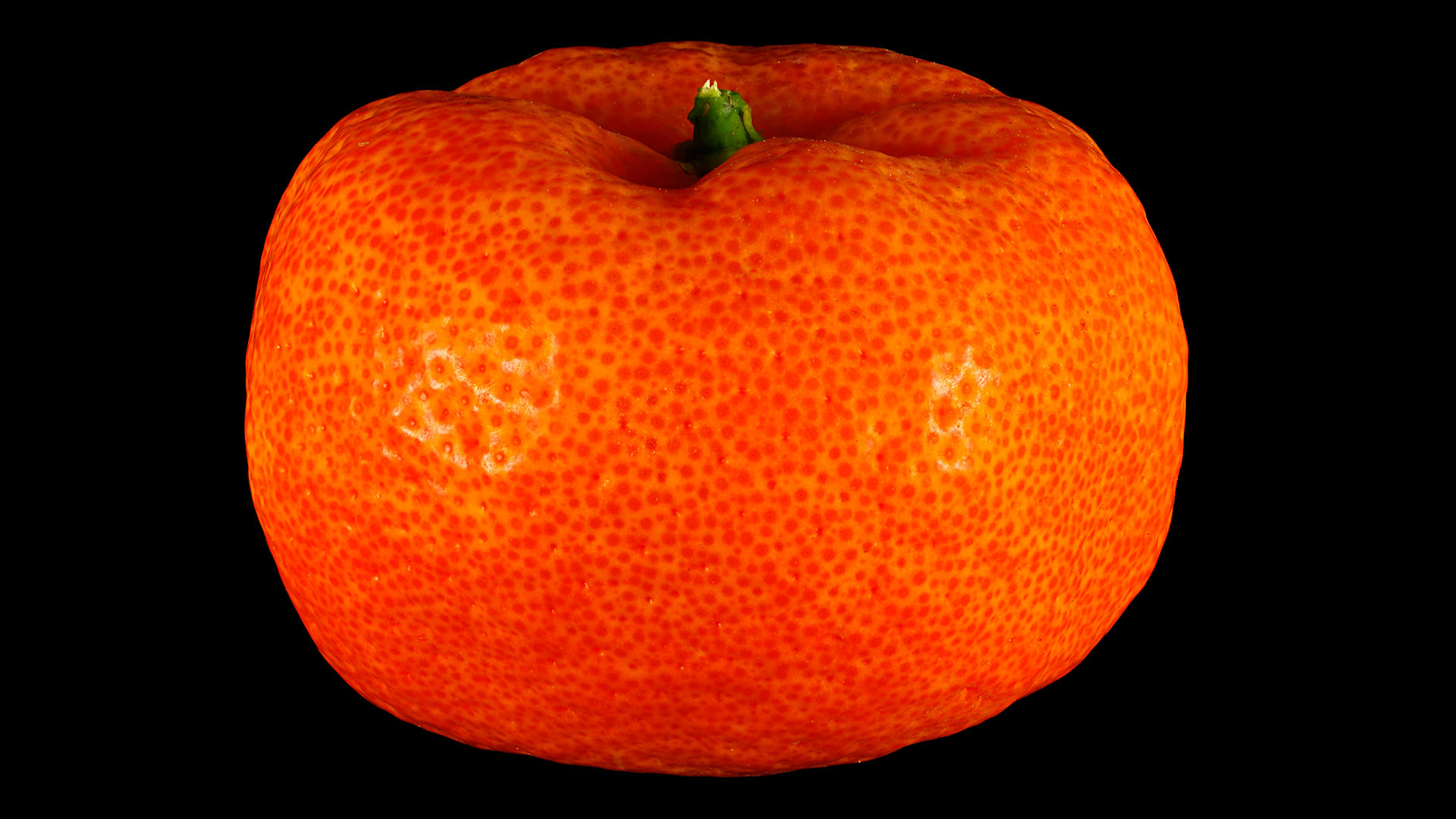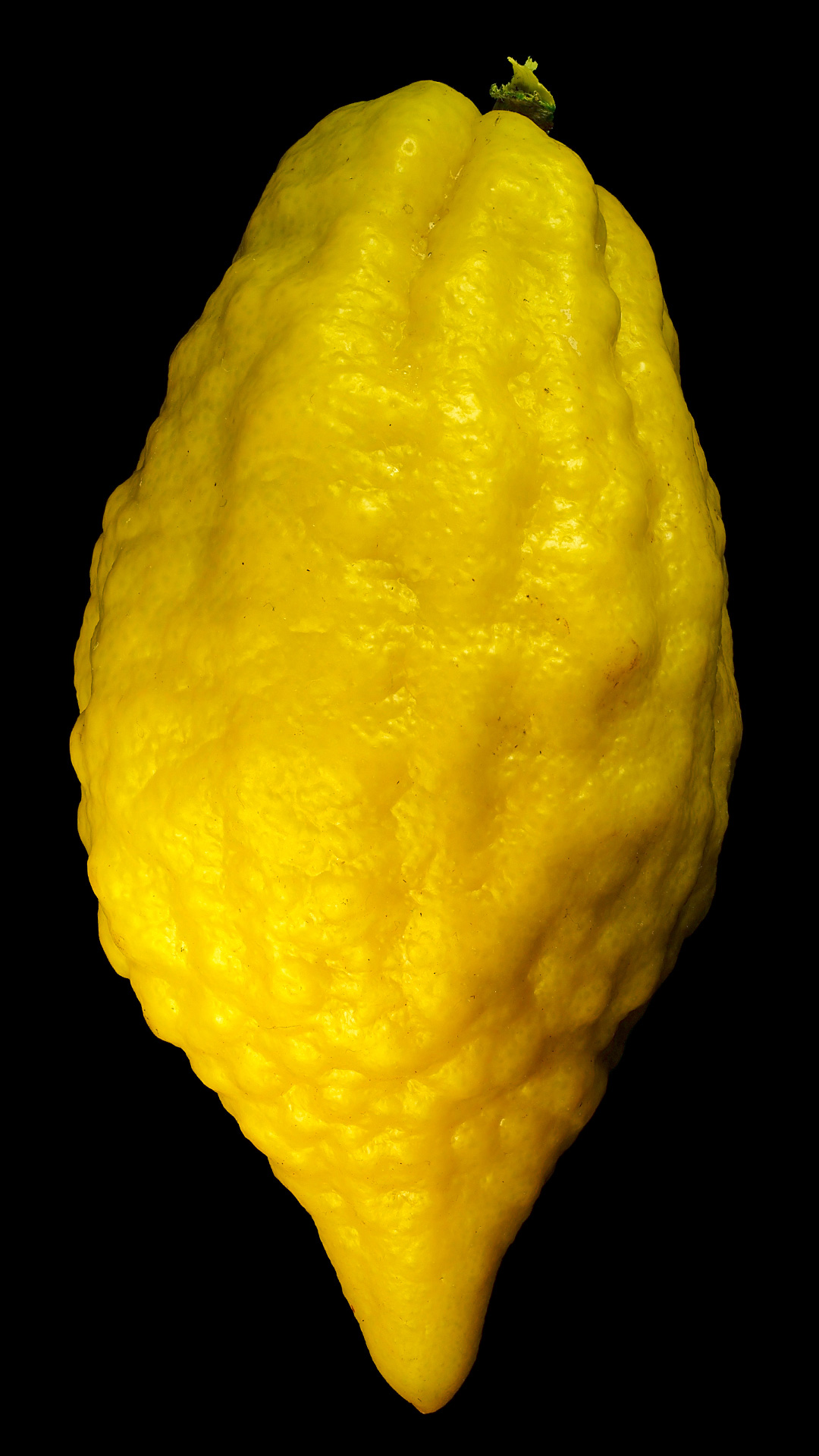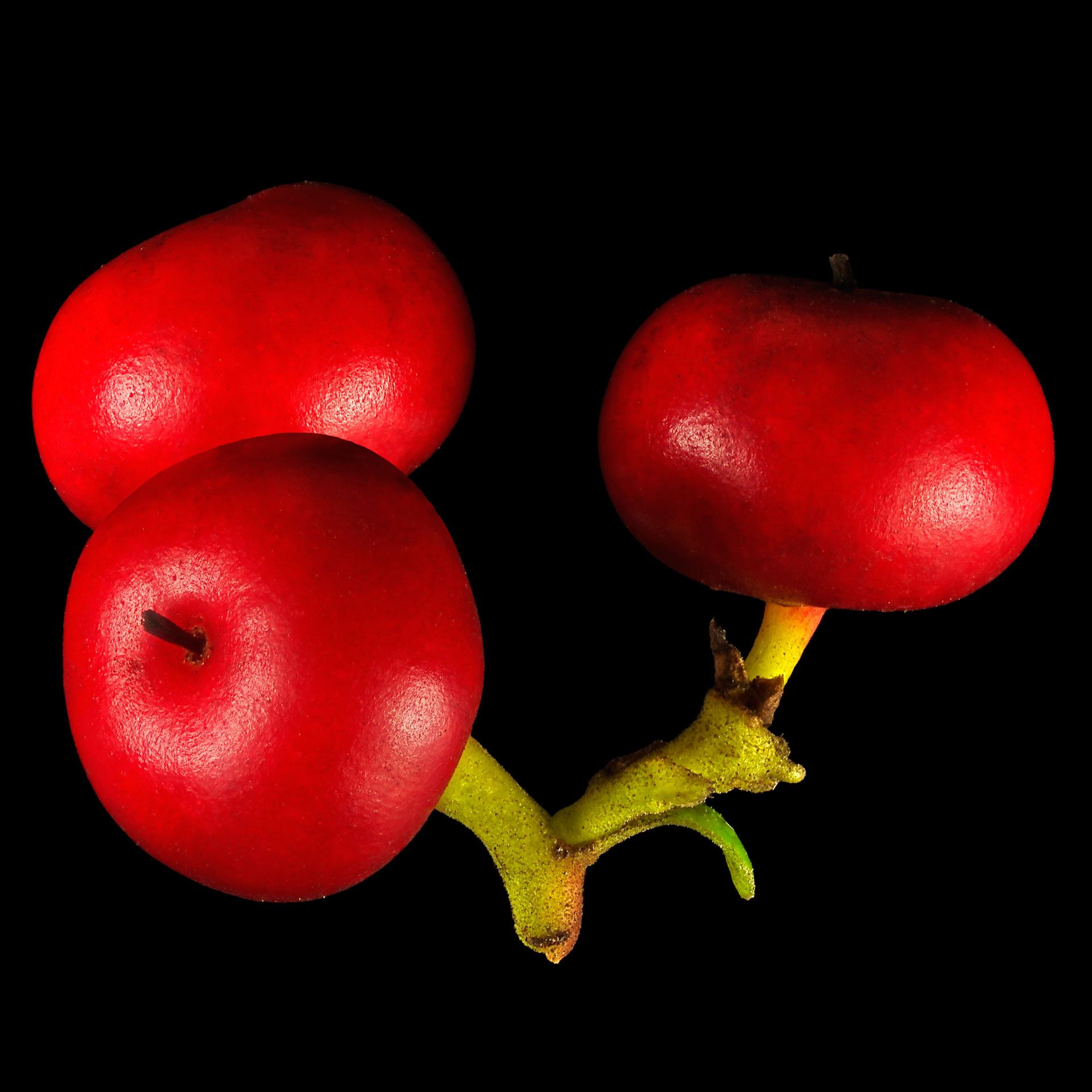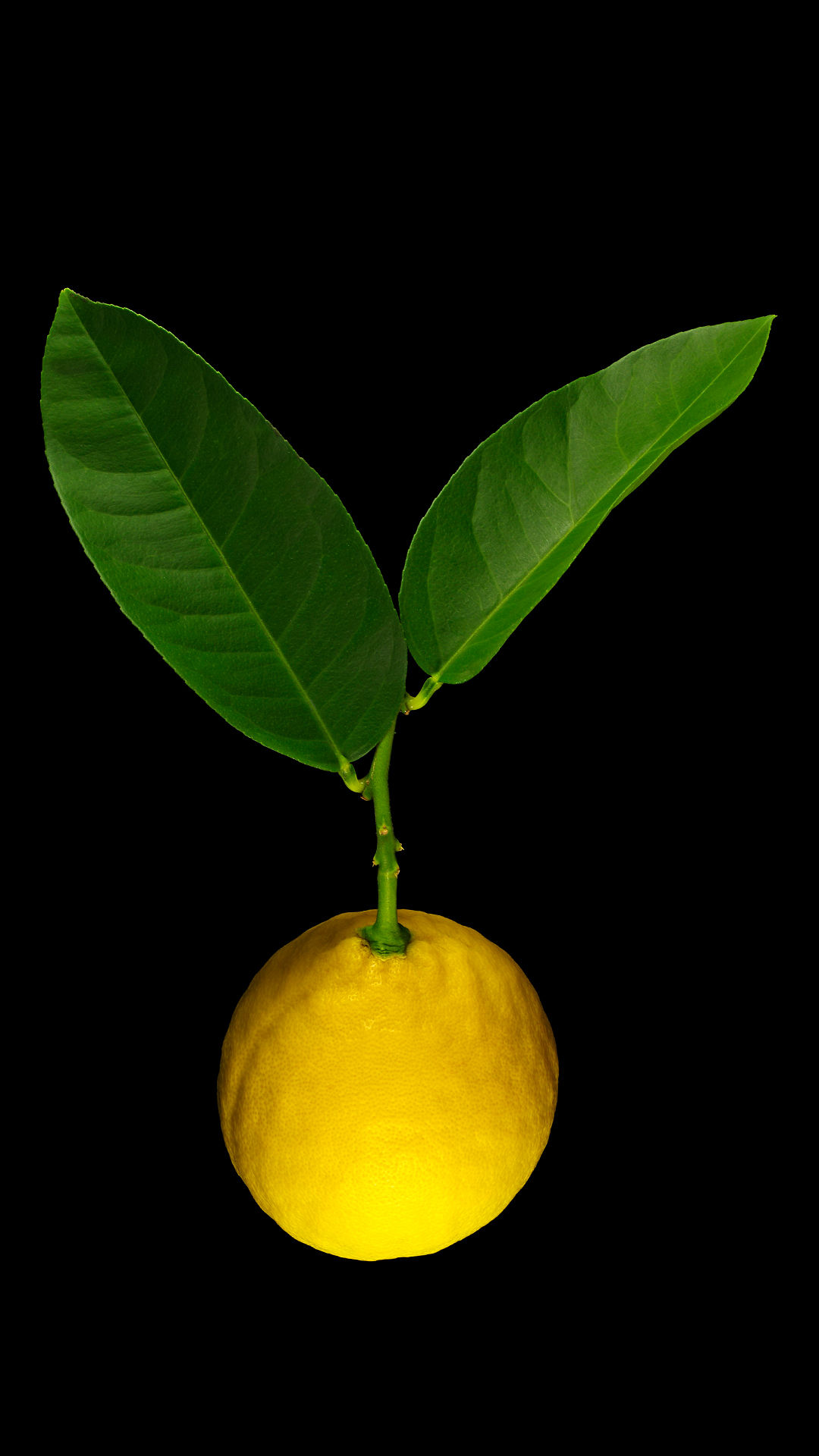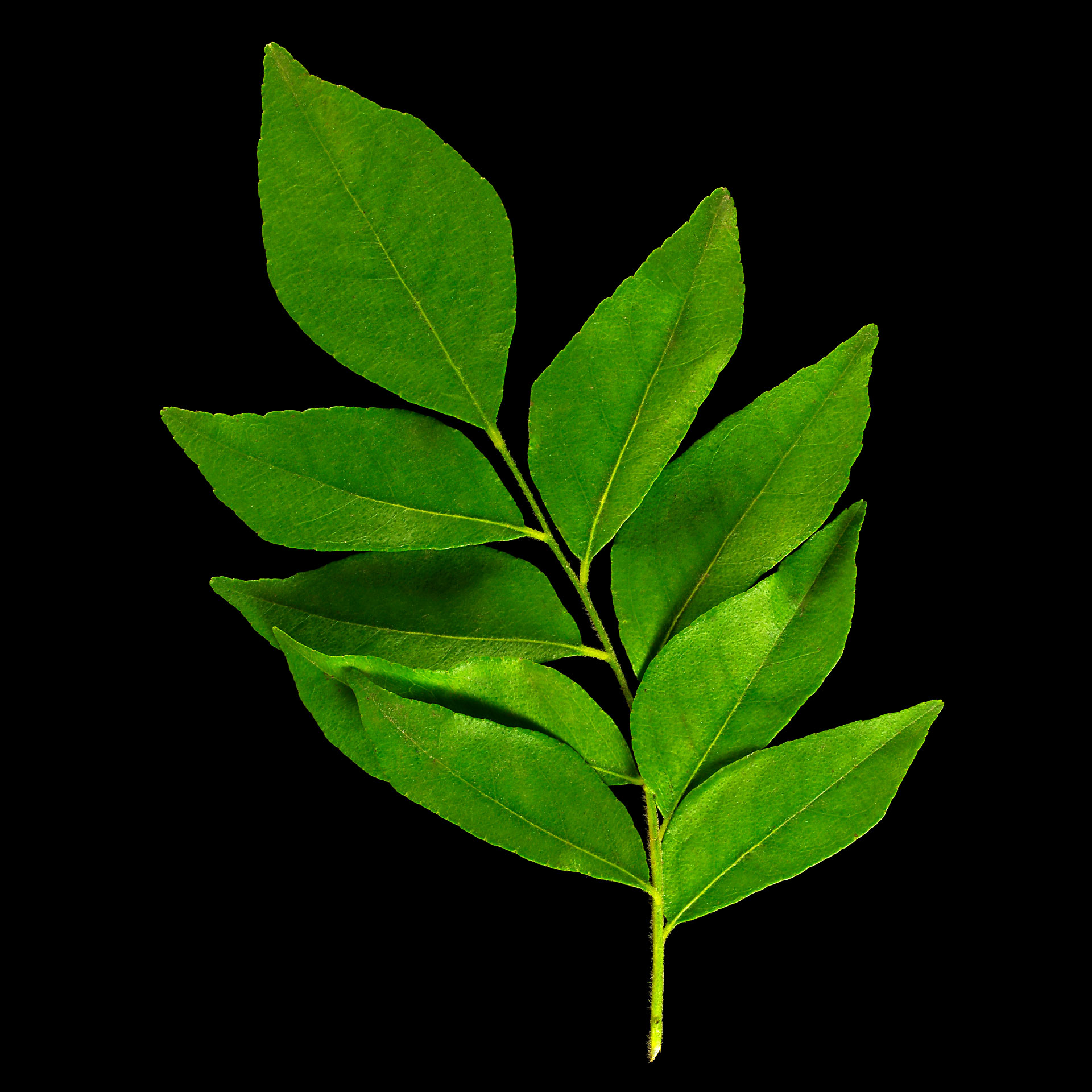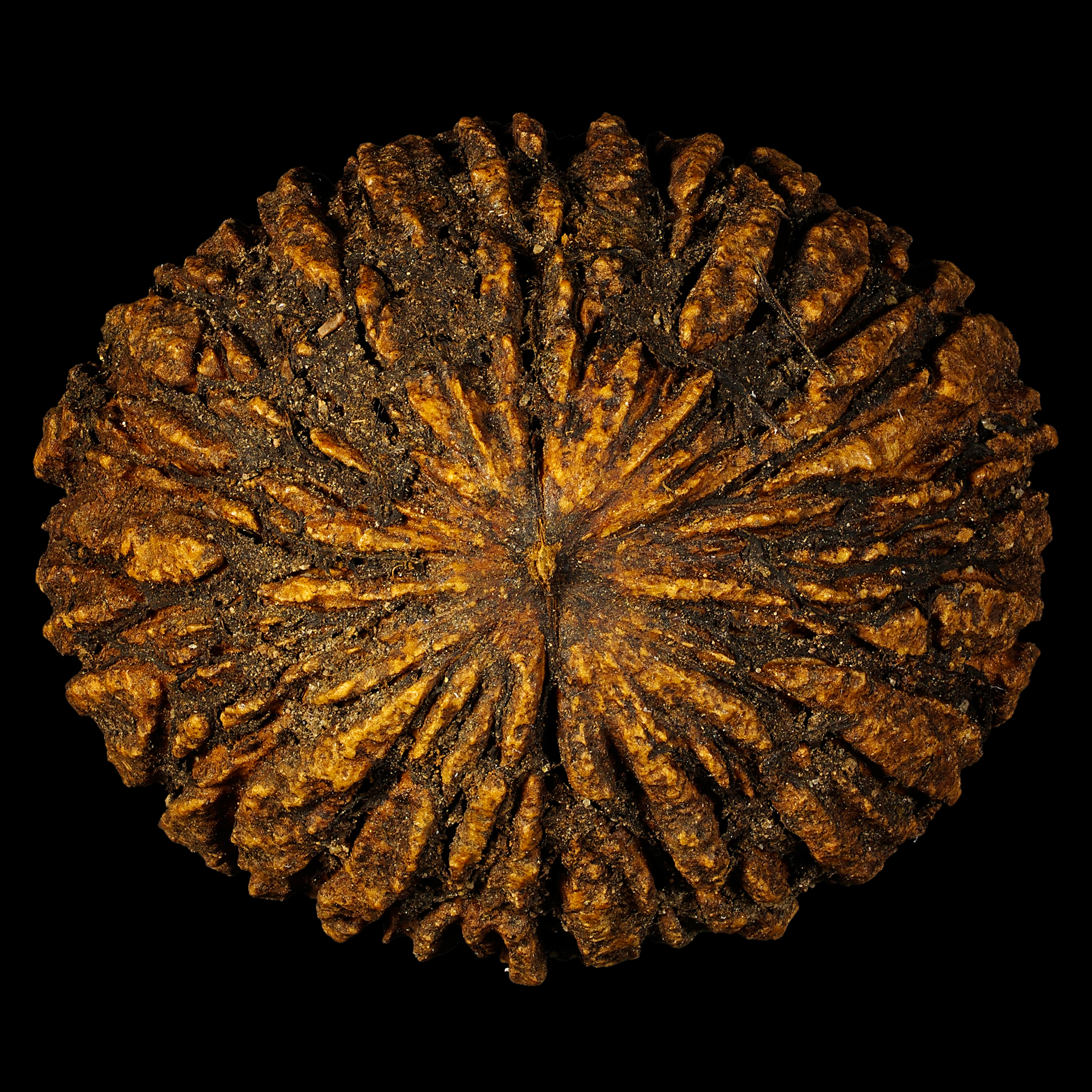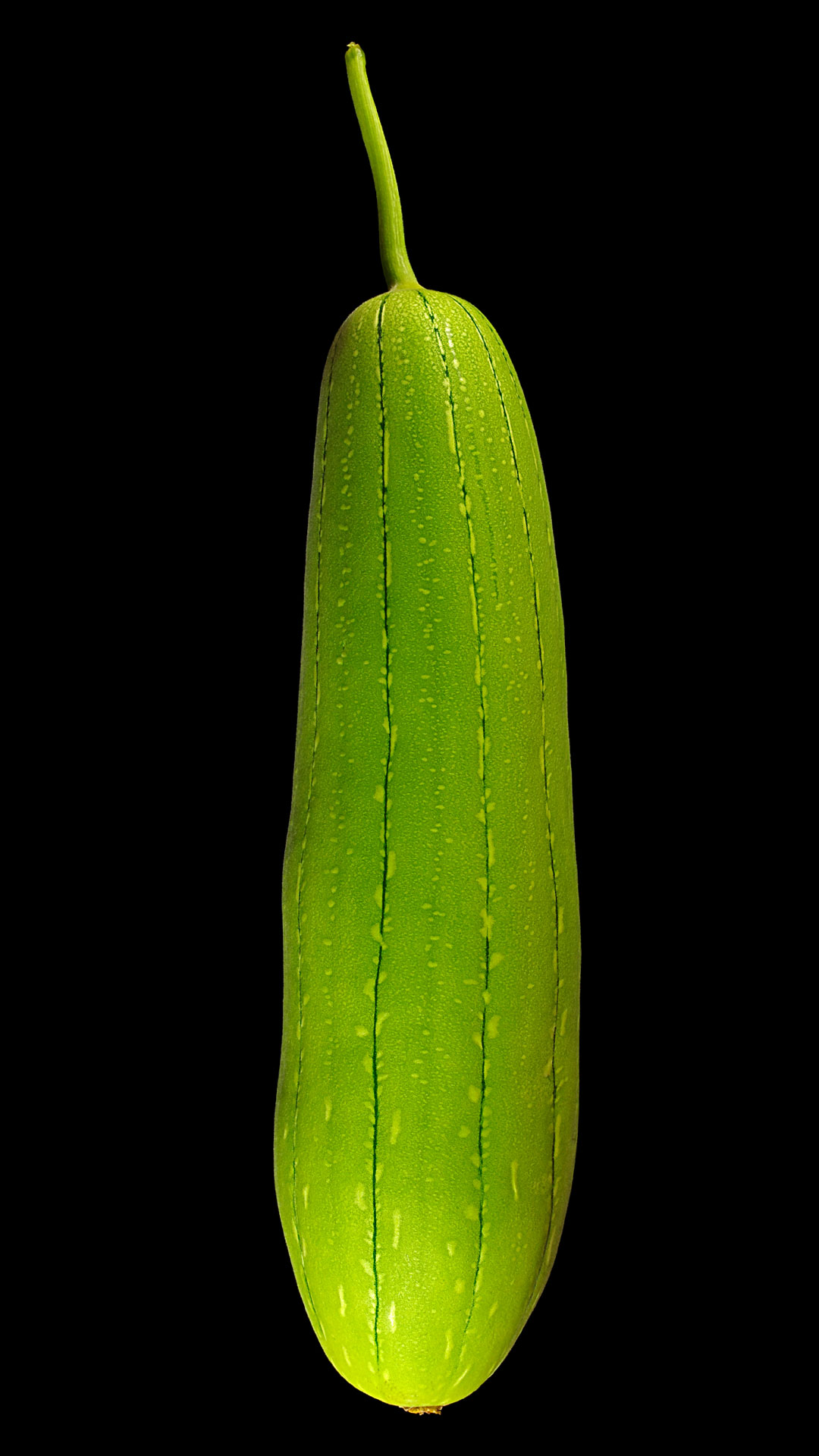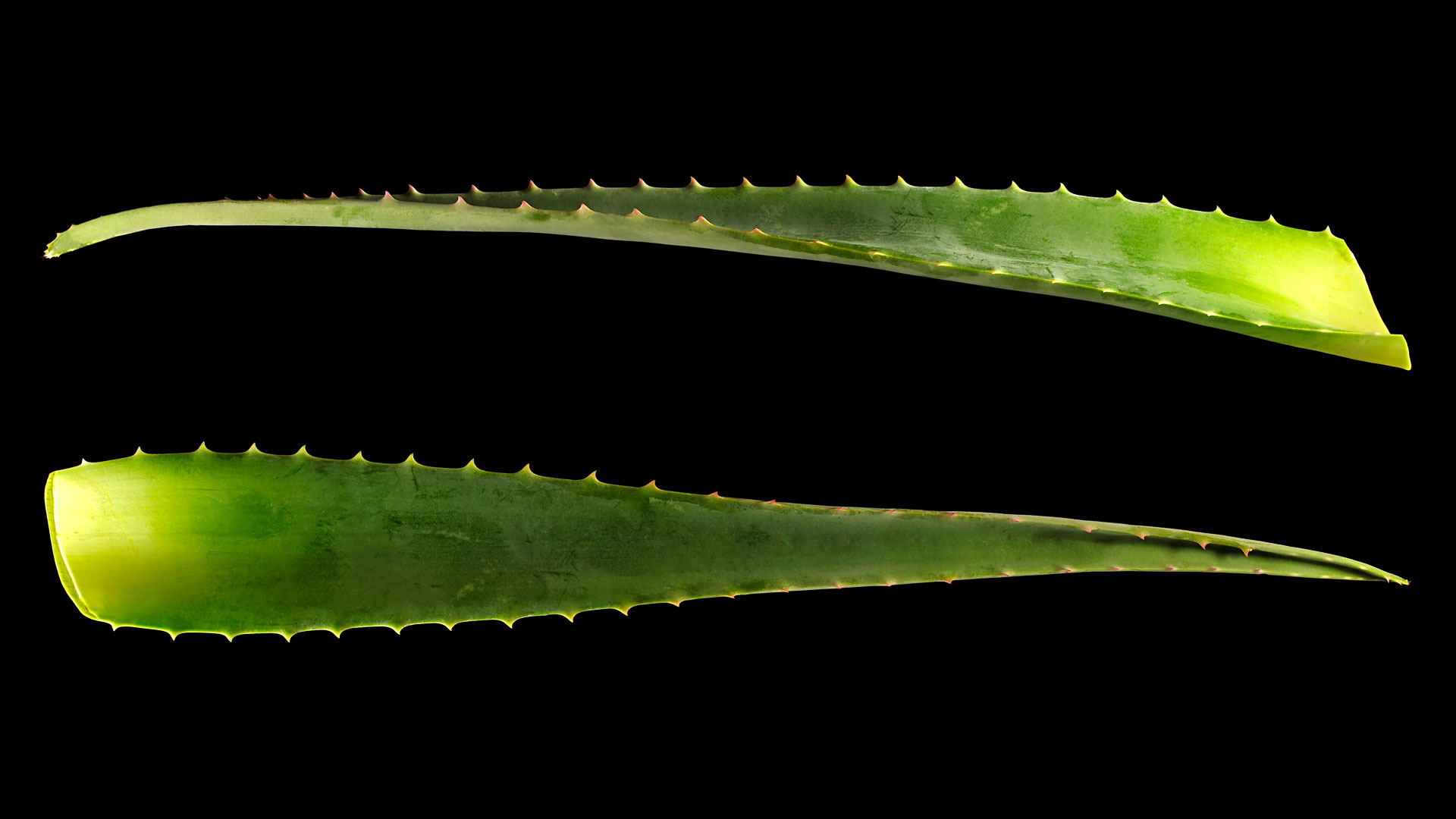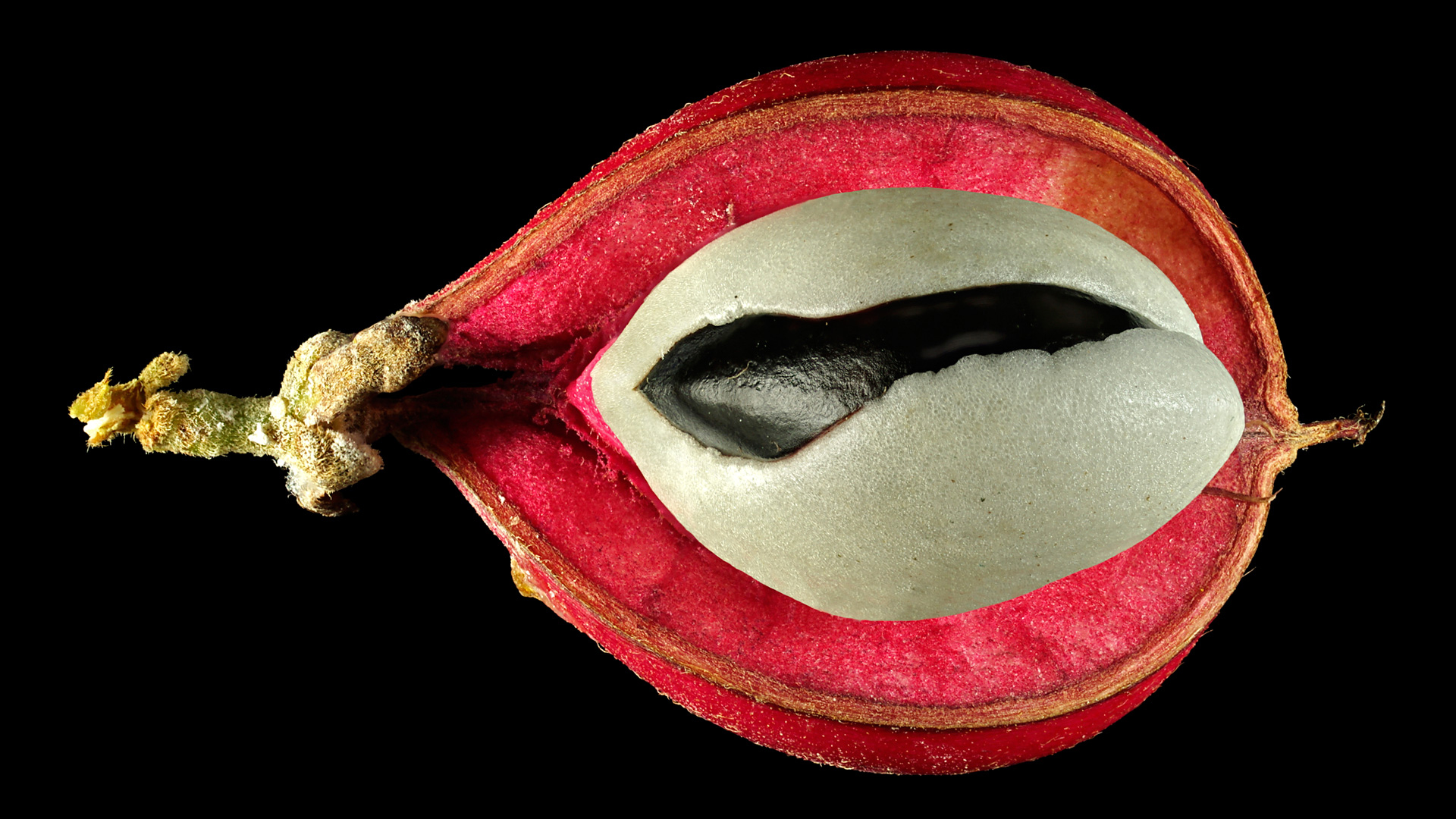Search Results for 2016
Under the slightly leathery skin is a soft, mealy pulp with a flavour reminiscent of mango and pineapple.
The fibrous tissue surrounding the seeds can be eaten raw, roasted or cooked at full maturity. It’s said it tastes like coconut.
The horned cucumber or african horned melon is indeed related to cucumbers and melons. The green jelly inside tastes like a mixture of both, it is a bit sweet and has little acidity.
The highest importance has the aromatic oil, of course, in the perfume production, but also tea (Earl Gray and Lady Gray), confectionery and Lokum are flavored with bergamot oil.
Unlike the grey-violet, roundish passion fruit (P. edulis f. edulis), this fruit of sweet granadilla is rarely used for the production of juices, but mainly as freshly eaten dessert fruit.
The multiform Buddha’s hand is a special kind of citron.
Despite its numerous uses, which are also used for medical purposes, Job’s tears are not very popular compared to other cereals. The cultivation is even declining.
From rose hips a fruit tea can be prepared as well as jam (“hagebuttenmark, buttenmost”) . Dried and ground, they even can be used as a flour substitute and can be mixed with flour.
Many do not know that the fruits of prickly heath, which are usually white, can also be eaten.
Under the light green skin of these large, still immature fruits is a white, firm fruit flesh, whose sticky latex quickly turns yellow.
The pitaya is best eaten fresh and raw. I like to spoon out the white, sweet fruit pulp from the halved fruit.
Wild oat is edible and can be valuable in times of need as a famine food.
Redcurrants are processed to red fruit soups and summer pudding, juice and ice cream. And many more…
The calamondin has a thin, sweet peel and sour pulp.
Date plums can be eaten raw after frost destroyed their adstringency, but they are most eaten dried.
The fruit is very thick-skinned and also resembles the size of a citron.
Hardy Begonia: Begonia grandis x Begonia evansiana Kitchen herb and decoration The pink flowers of Hardy Begonia are a pretty decoration in salad or - sugared- on confectionery. They have a lemony flavour. The yellow stamens of the male flower
The leaves, which are used as kitchen herbs, smell and taste a bit like mint, parsley and tangerine.
The perettone citron is certainly one of the ornamental varieties among the citrus plants, but the fruits should be candied or made into jam.
Wild garlic can be collected in the spring from March to the end of April in many places in the forest. There it grows as a dense, dark green carpet.
The flesh of this persimmon reminded me of a dried date: it was brown and soft, tasted sweet, perhaps caramel-like, but unfortunately also “not quite fresh”.
The tubers of this Yam grow far above the ground in the leaf axils of the liana. Nevertheless, these can be quite large and heavy.
The almost black seeds as well as the blood-red leaves are edible and dye red.
The eponymous violet colour of the starchy storage tissue is striking, although it can also be white.
I have only tried the approximately walnut-sized kernels, of which there are usually 3 to 4 in a fruit. They contain a lot of water and have a subtle, coconut-like, sweet taste.
Malabar spinach: Basella alba A rambling leave vegetable and thickener As the name suggests, the malabar spinach can be cooked like spinach. The leaves are used for this purpose. Since the cooked leaves assume a viscous consistency, they can be
The field or meadow mushroom is spread around the world in temperate areas and likes to grow in fairy rings on meadows and fields.
The fruits are juicy, which suggests a use for lemonade, marmelade and jelly.
The jelly-like fruit content, which surrounds the disc-shaped seeds, tastes sweet and is a small snack for anytime.
Flowers and leaves give a good, fresh and decorative kitchen herb in salads, whose taste is not particularly reminiscent of the flowers odor.
Many plants with aromatic leaves are called “laurel” or “bay”, but none of them taste like true laurel.
Kumquats are eaten as a whole. They are sweet and tangy and very aromatic.
The Shaggy mane is one of the few mushrooms for which no trip into the forest is necessary to collect them, because they are in our midst – even in big cities.
Welwitschia is not a real food plant, but in emergency situations (getting lost in the Namib desert) the core in the flower axis can be eaten raw or roasted.
Specially from the immature fruit (as well from the leaves) of the bitter orange the aromatic oil “Petitgrain” is won.
In contrast to other types of lime, kaffir limes contain little juice, which is why the use of the essential oils in the dish is the focus.
They are mostly cooked along with the other ingredients as a whole, so that they release their abundant aromatic oil, but the leaves are too leathery to be eaten.
The plant is completely protected by sharp prickles, but this should not stop anyone from tasting the sweet berries that look like 2 cm large tomatoes.
In its consistency and fat content, the safou can best be compared to the avocado, but there is a lemon or lime-like aroma with a fine acidity.
The Magenta Lilly Pilly is usually eaten raw, but can also be processed to a jam
The Tartary or India buckwheat can be used like the common buckwheat.
Like their red relatives, white currants are popular garden plants, but their fruits are sweeter.
The seeds of the Black-caraway are mostly roasted. They are slightly bitter and spicy, with an unobtrusive aroma of cumin and roasted sesame seeds.
When the fruit ripenes, it turns red, unfortunately it becomes also very mushy. The tindola, as the fruit of the ivy gourd plant is called, is eaten as a fruit-vegetable. Ripe fruits can be candied. In tropical Asia the young shoots are also eaten.
The red tissue, which encloses the poisonous seeds, tastes very sweet.
Beech can be used in many ways: the fruits called ” beechnuts ” as nuts or oil fruit and coffee substitute, leaves as salad, wood as smoke aroma.
The extraordinary taste reminds of the resin from conifers compensates for the low yield.
In contrast to many other cereals, oats do not need to be peeled, only dehulled. Oats are always a wholemeal product and therefore rich in vitamins, minerals and fibres.
The black-brown seeds can be used as pseudocereals similar to quinoa, for example boiled as a porridge and grounded to a flour as addition to baking flour.
Common belgian endive (with the yellowish to light green leaves) is much better known and more frequently found on the vegetable shelf than this violet variety.
For lemonade, jam, sorbet, in dressings and as a spicy, souring ingredient in spicy as sweet dishes.
The abundant juice of unripe fruit is used for the production of lemonades or fruit juices.
The huge citrons have little fruit pulp and a thick peel (the white albedo), which is usually candied and added to bakery for seasoning.
The red stone fruits can be processed well to juice, jam and syrup.
Juice and fruit pulp can savoured fresh or processed to jelly and lemonade, if the bitterness is not unpleasant.
Peel and juice can be used like lemon, the firm flesh resembles the grapefruit, but somewhat more acid.
The leaves of the curry tree have a “heavy” aroma, which gives vegetable dishes more substance.
The texture and taste of the tubers are reminiscent of ripe coconuts.
The Eastern black walnut is used in the USA as in Europe the common walnut.
If the sponge gourd, which is also called vietnamese luffa, is still immature, its net-like tissue is not yet lignified and therefore soft and edible.
Aloe vera has been used for some time past in green smoothies, shakes, cocktails, ice cream, desserts and for some other purposes, although the plant is said to be poisonous.
Dried seeds are ground into a brown paste, mixed with cassava flour to form “Pasta Guarana” and sweetened as a stimulating drink, similar to coffee or cacao.



